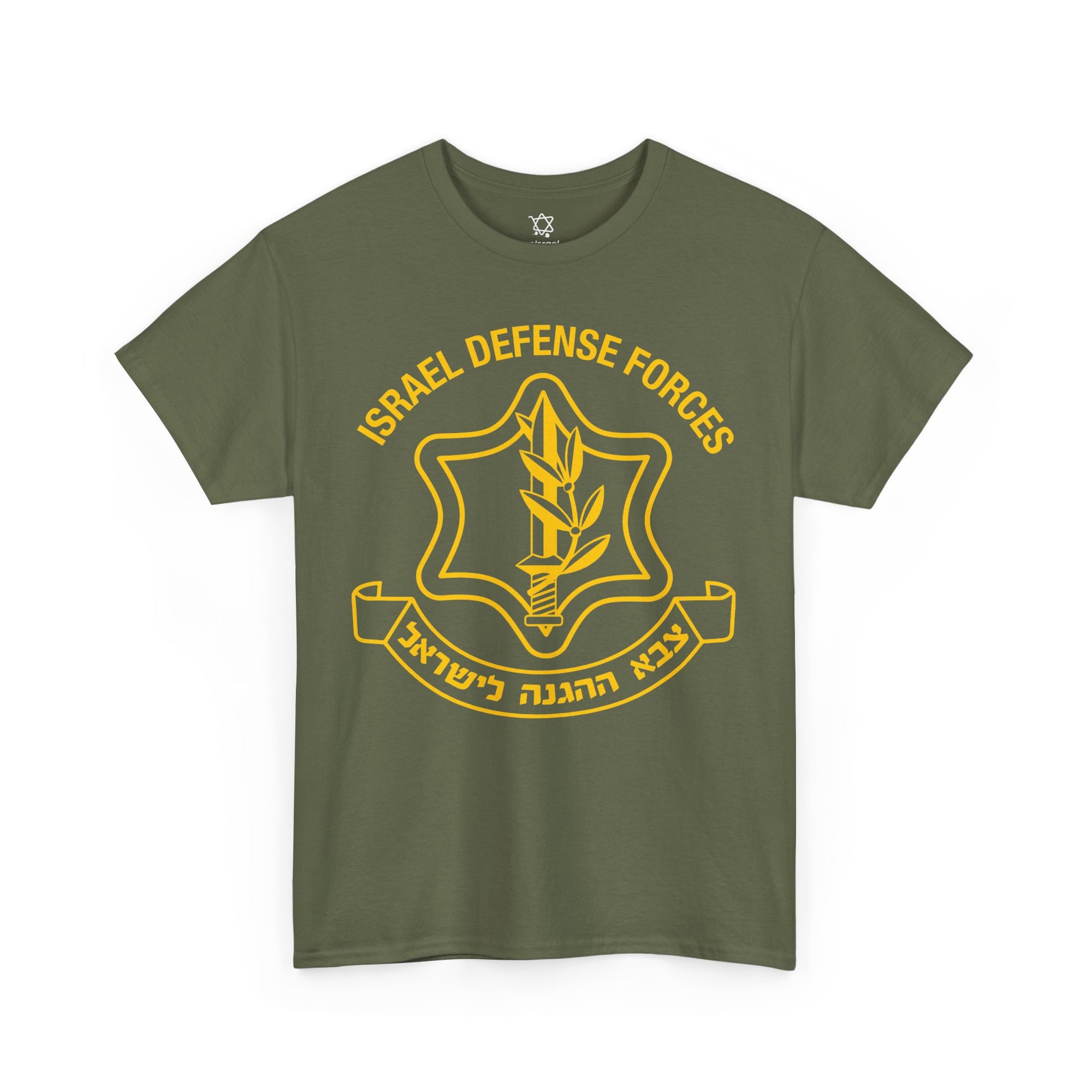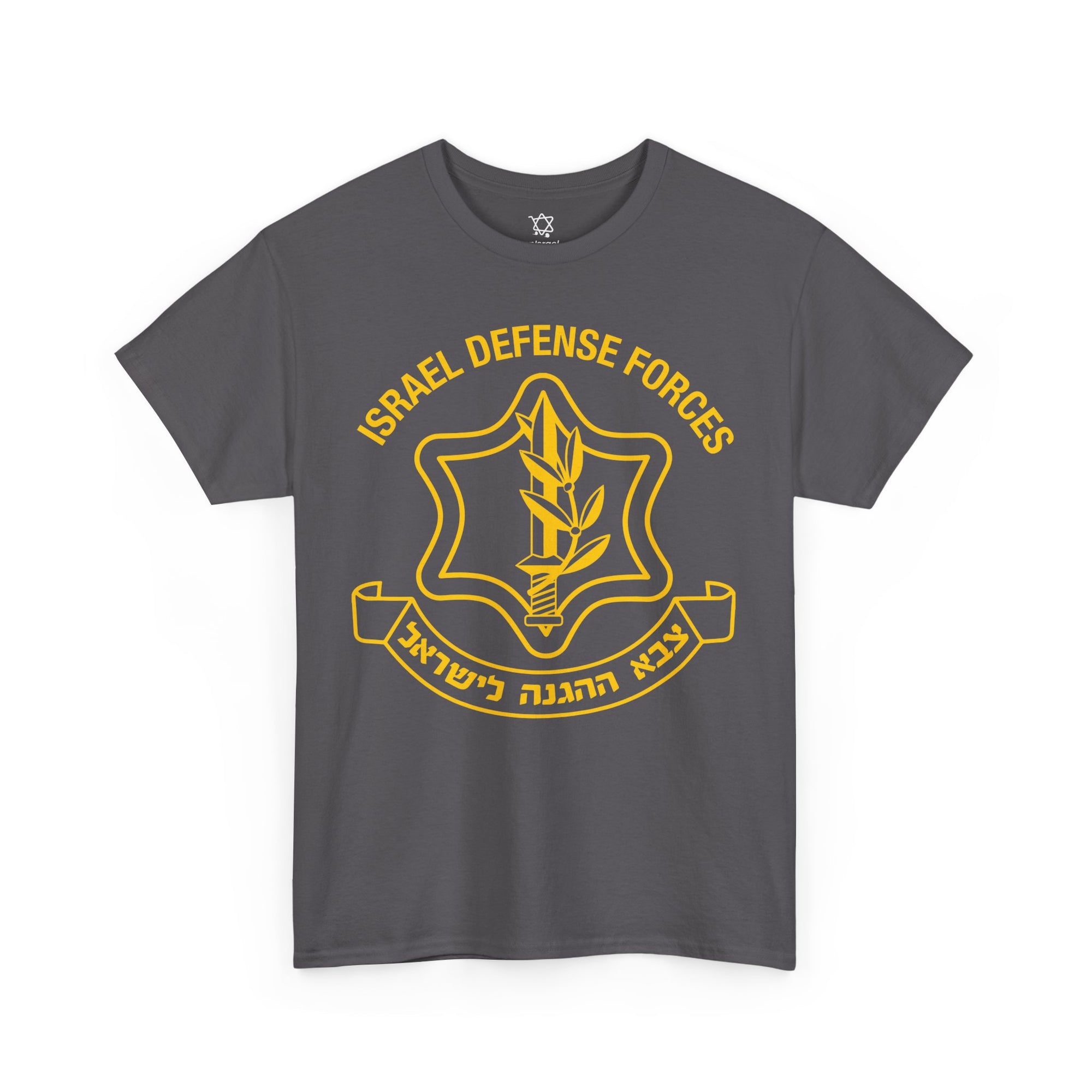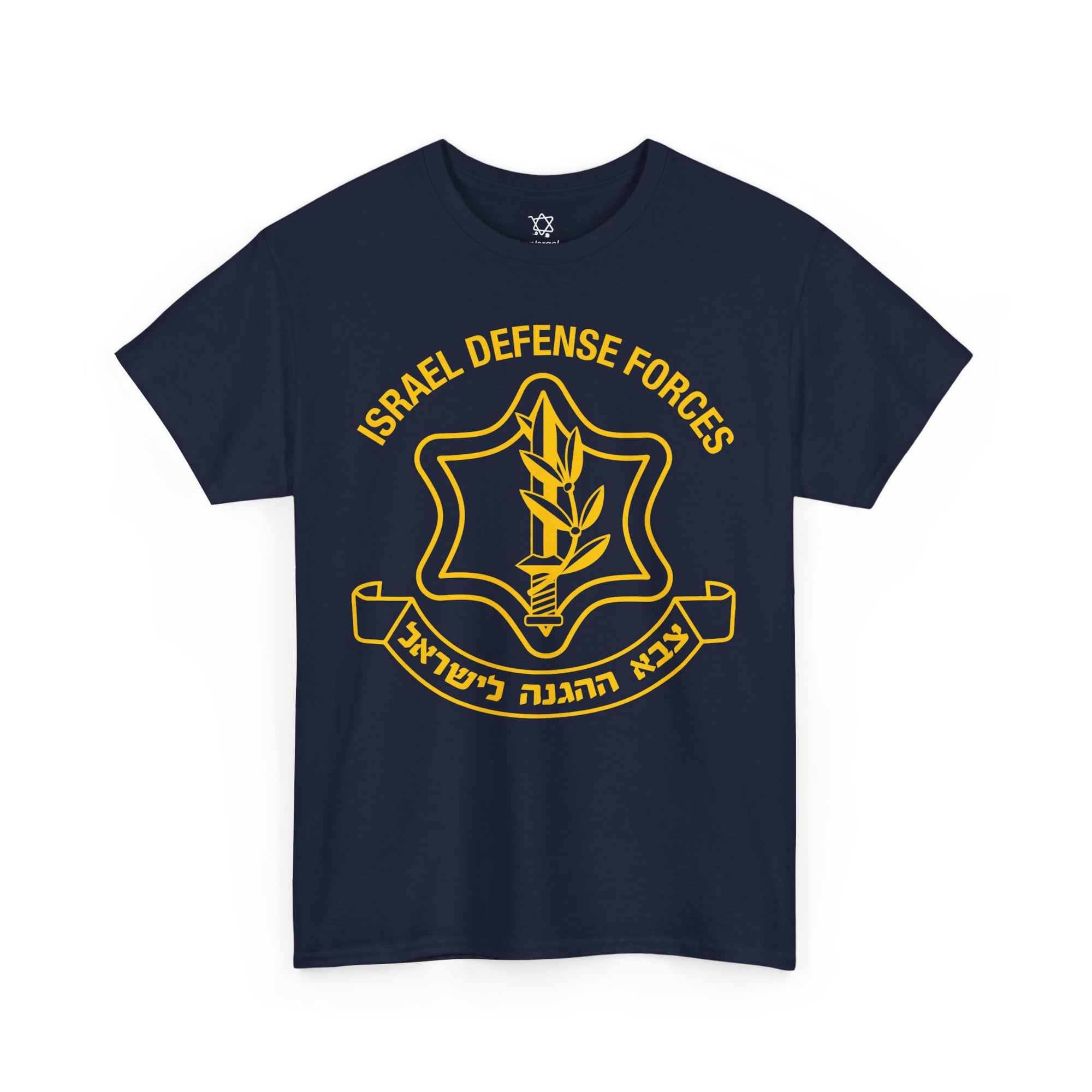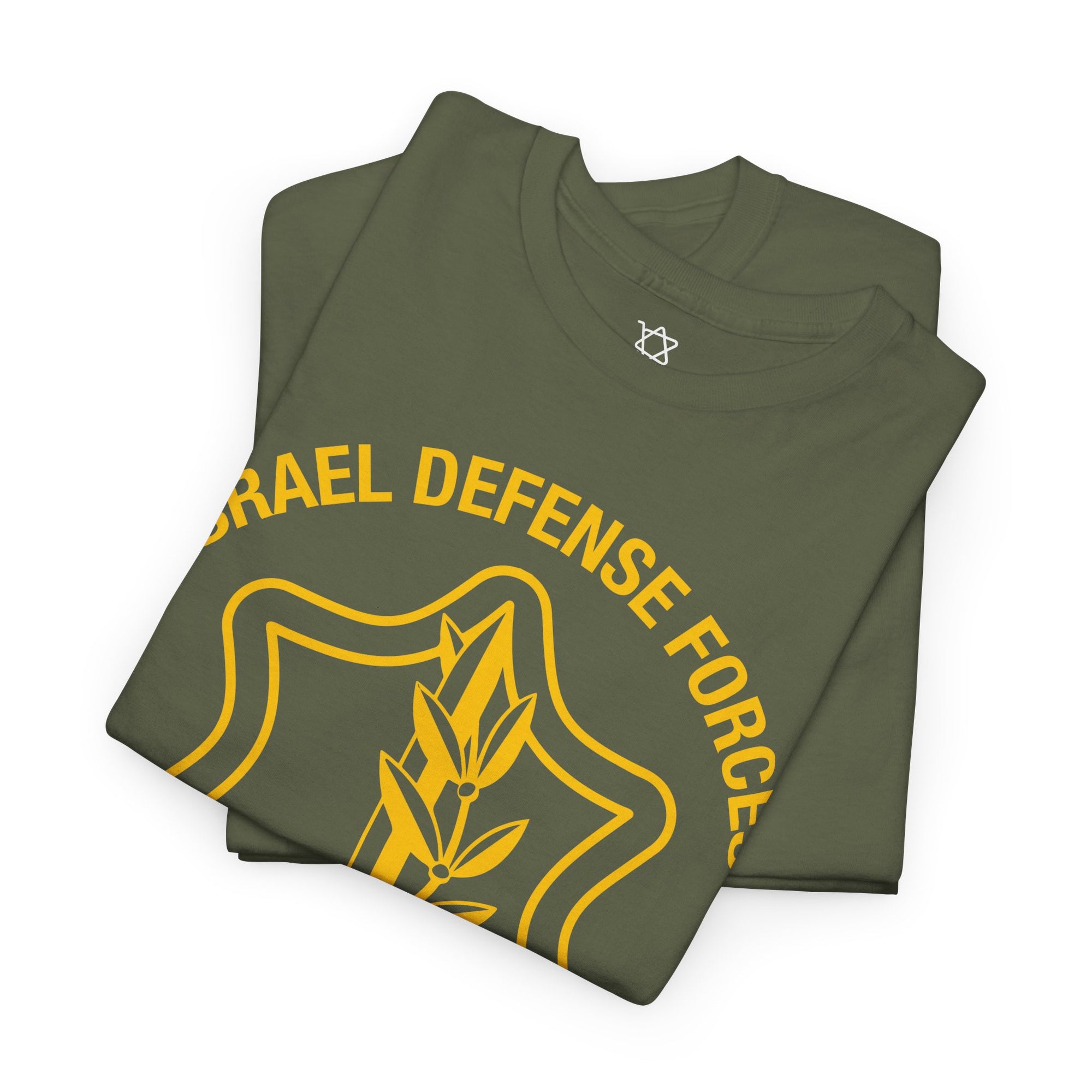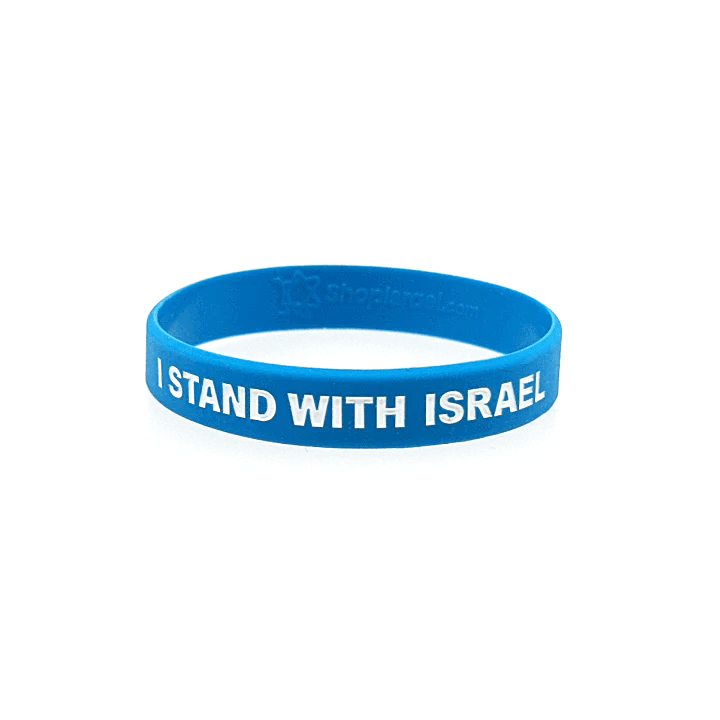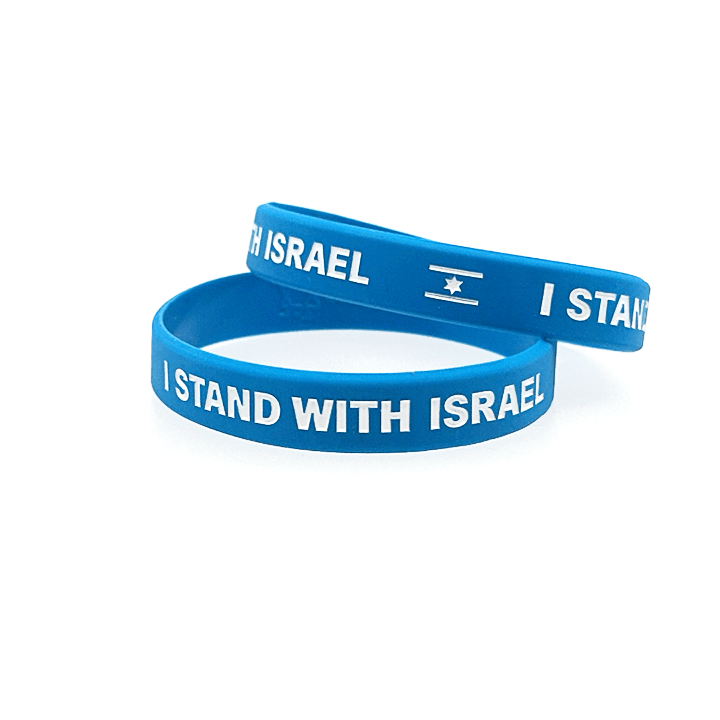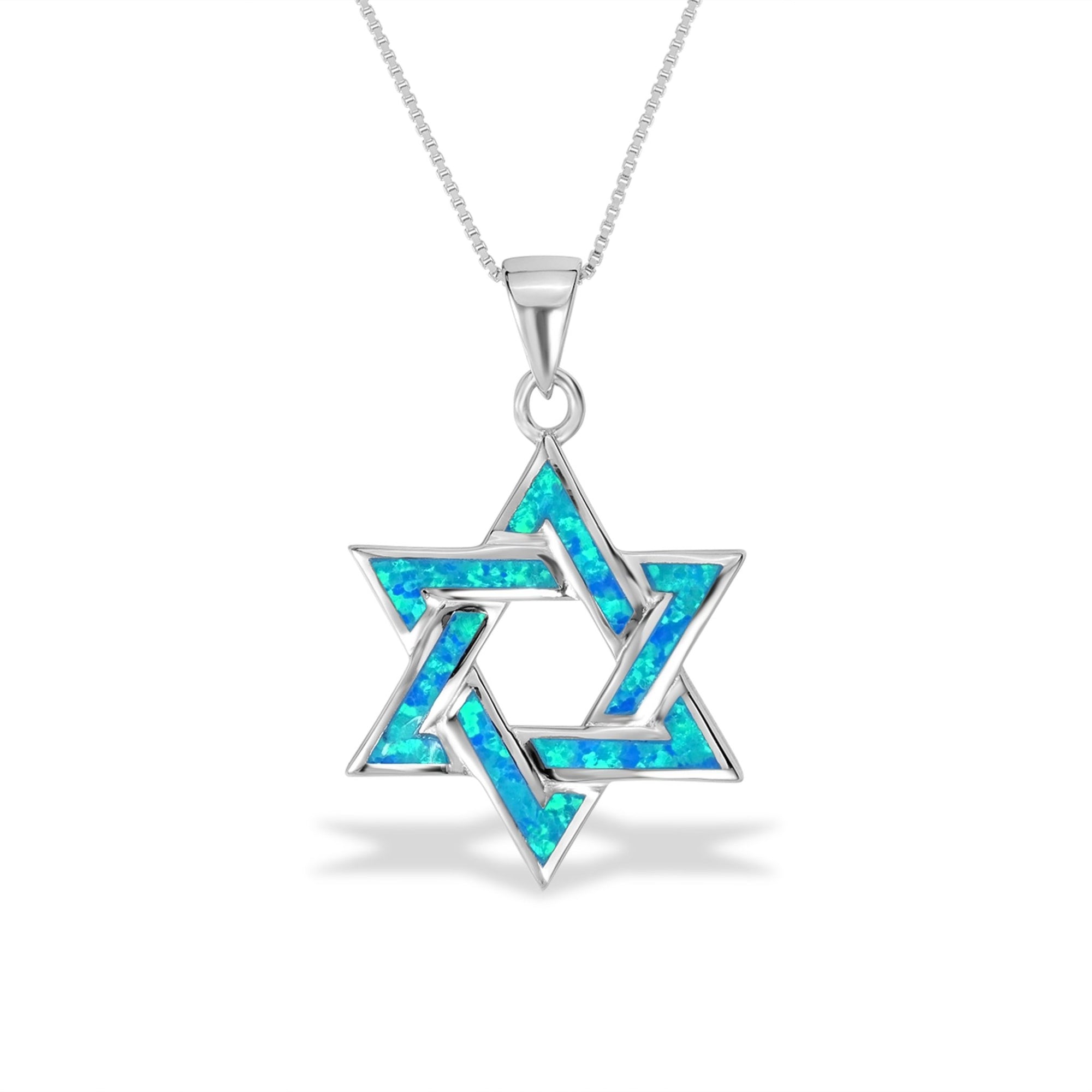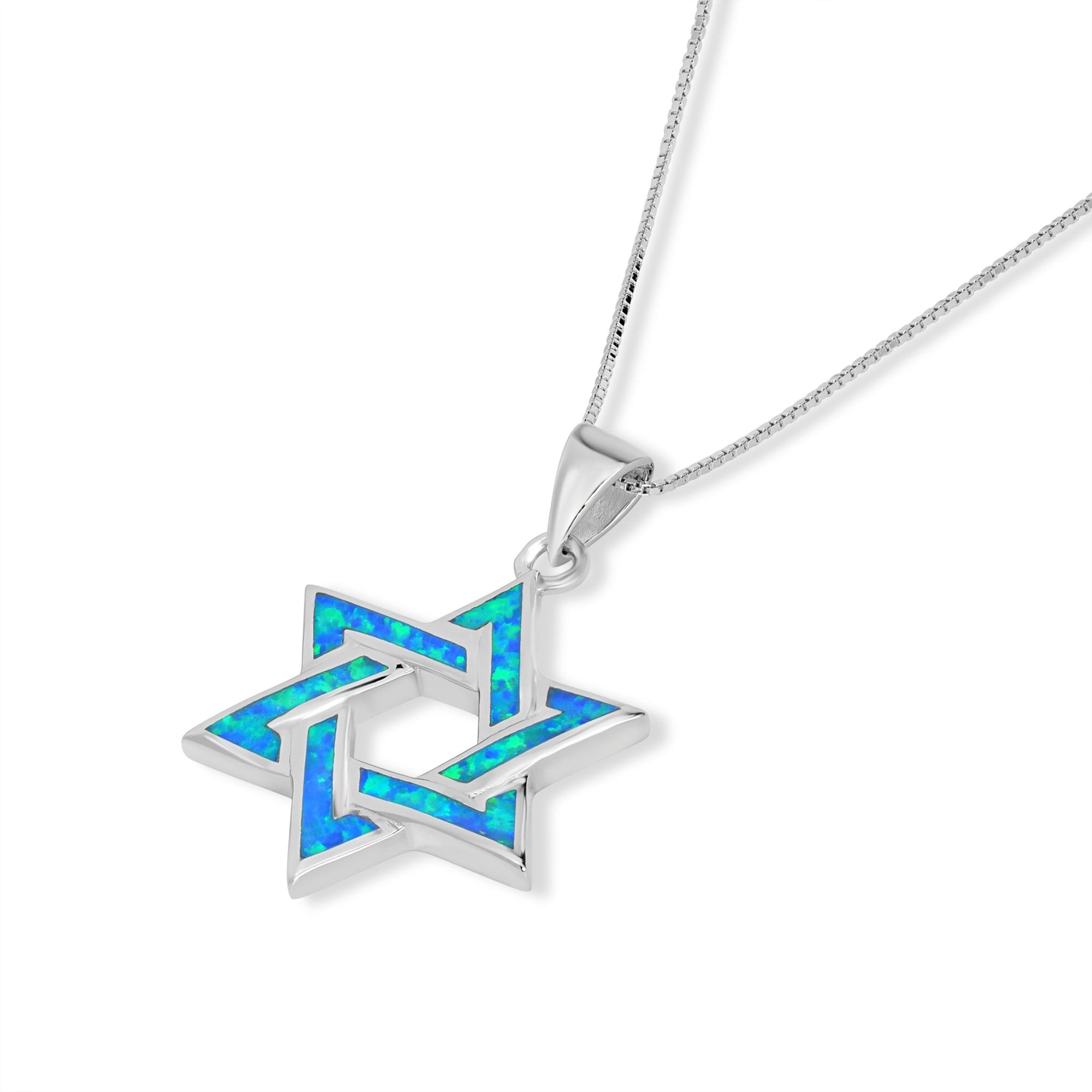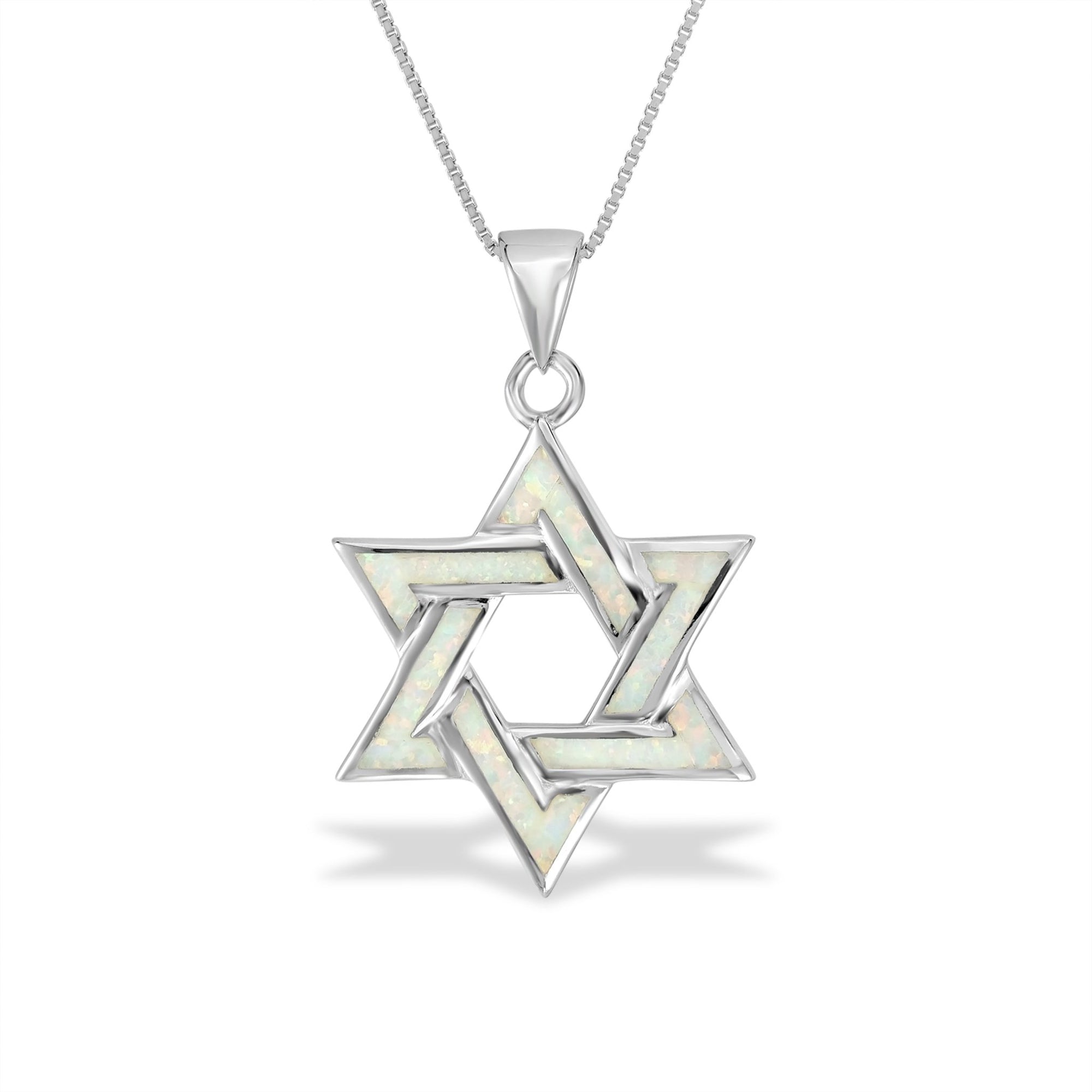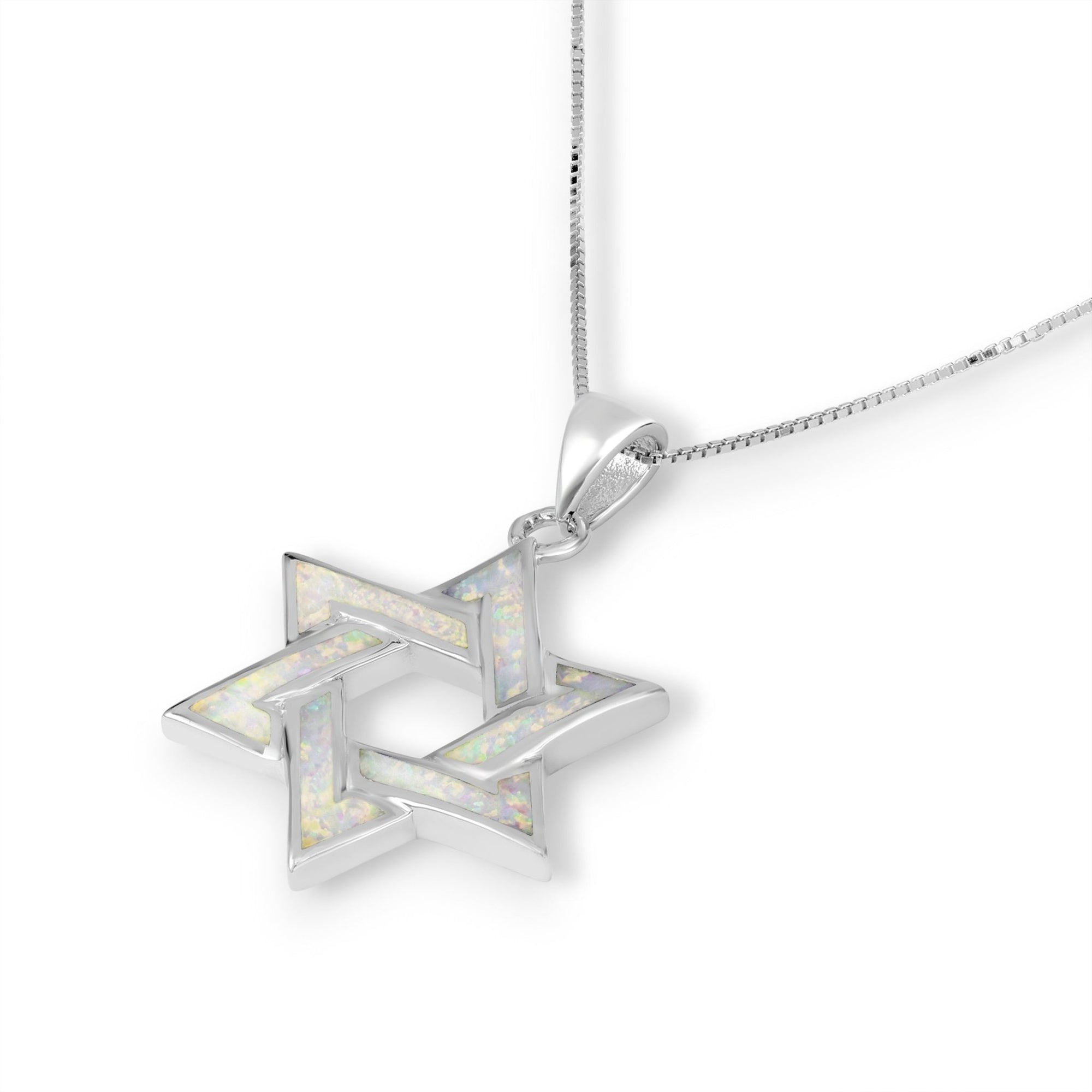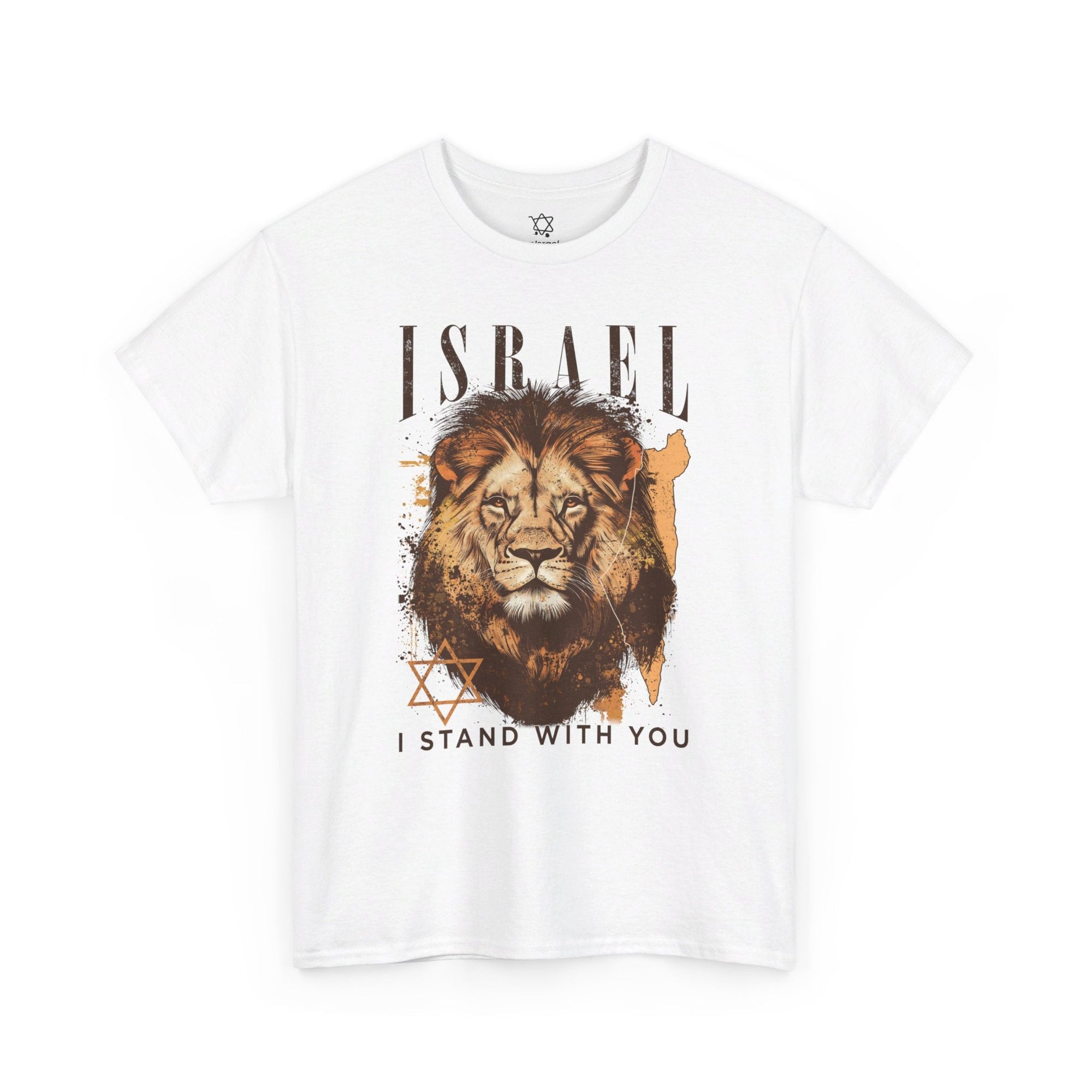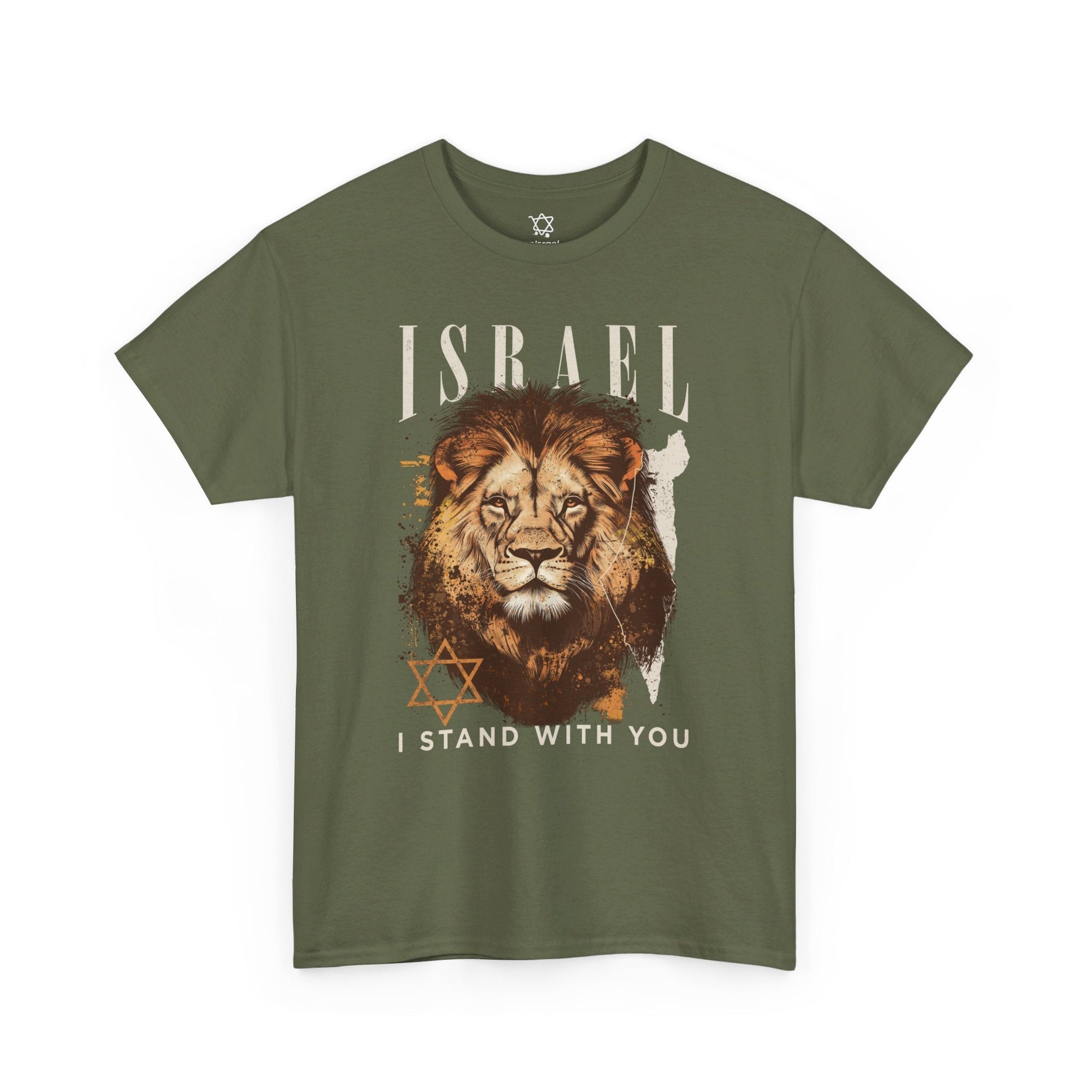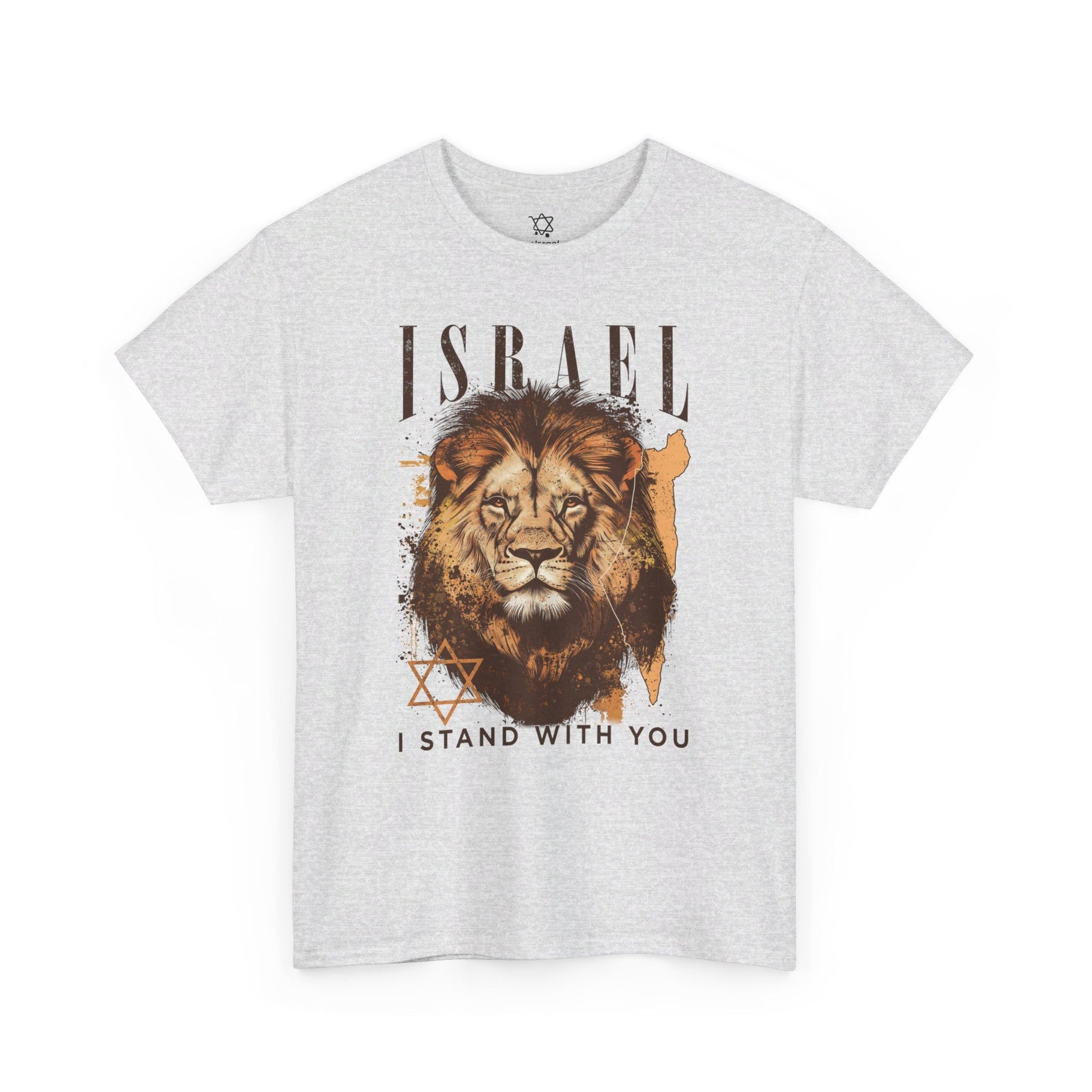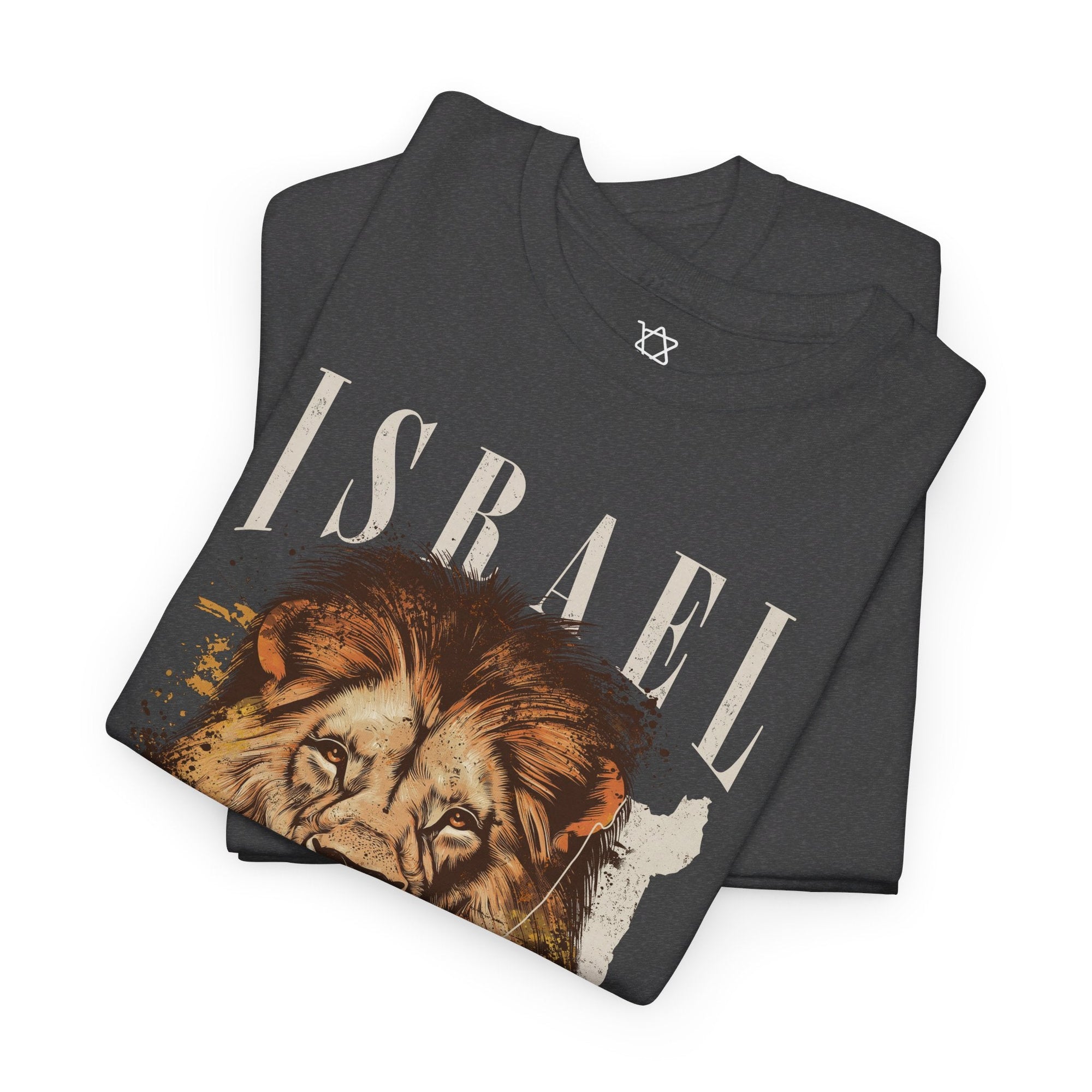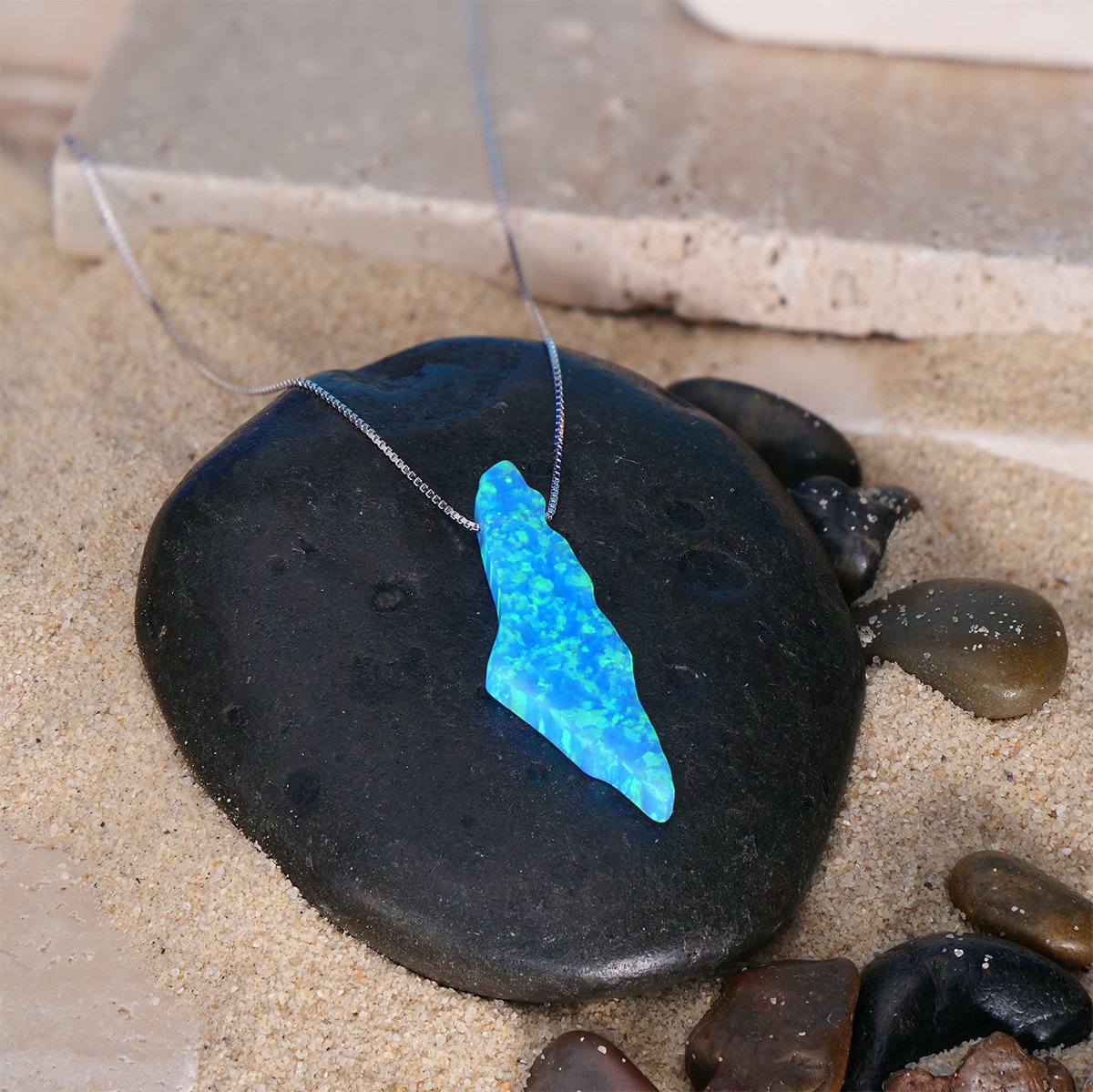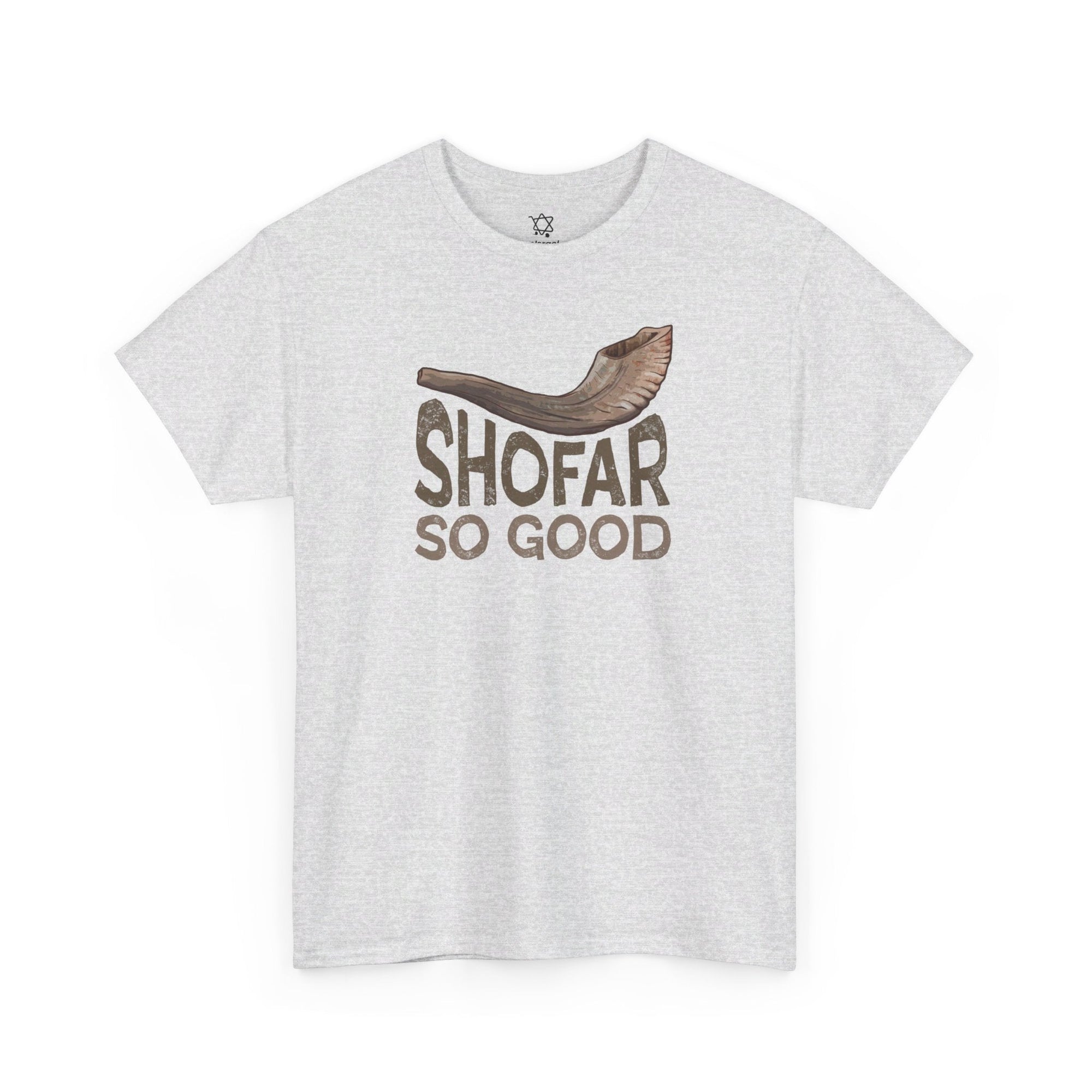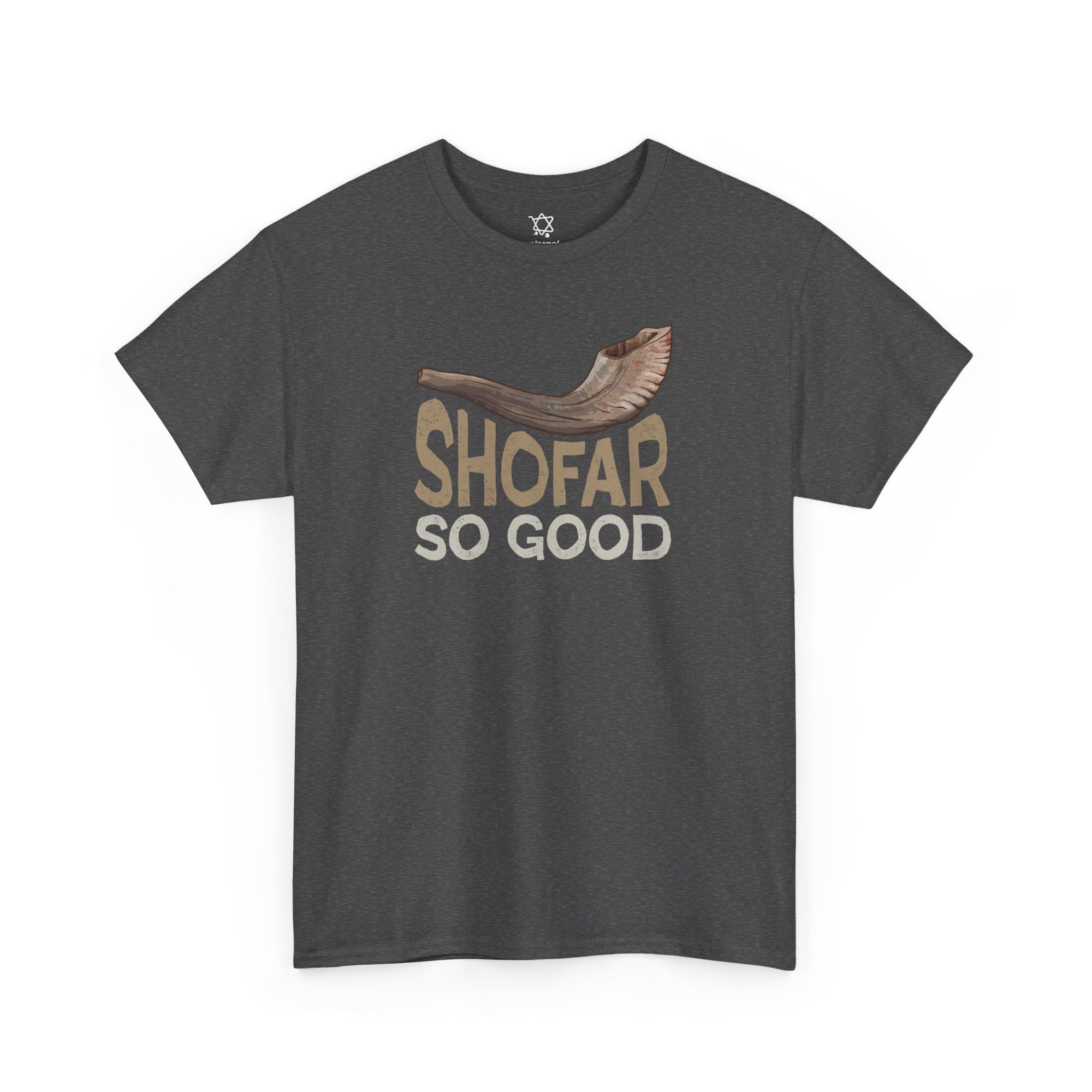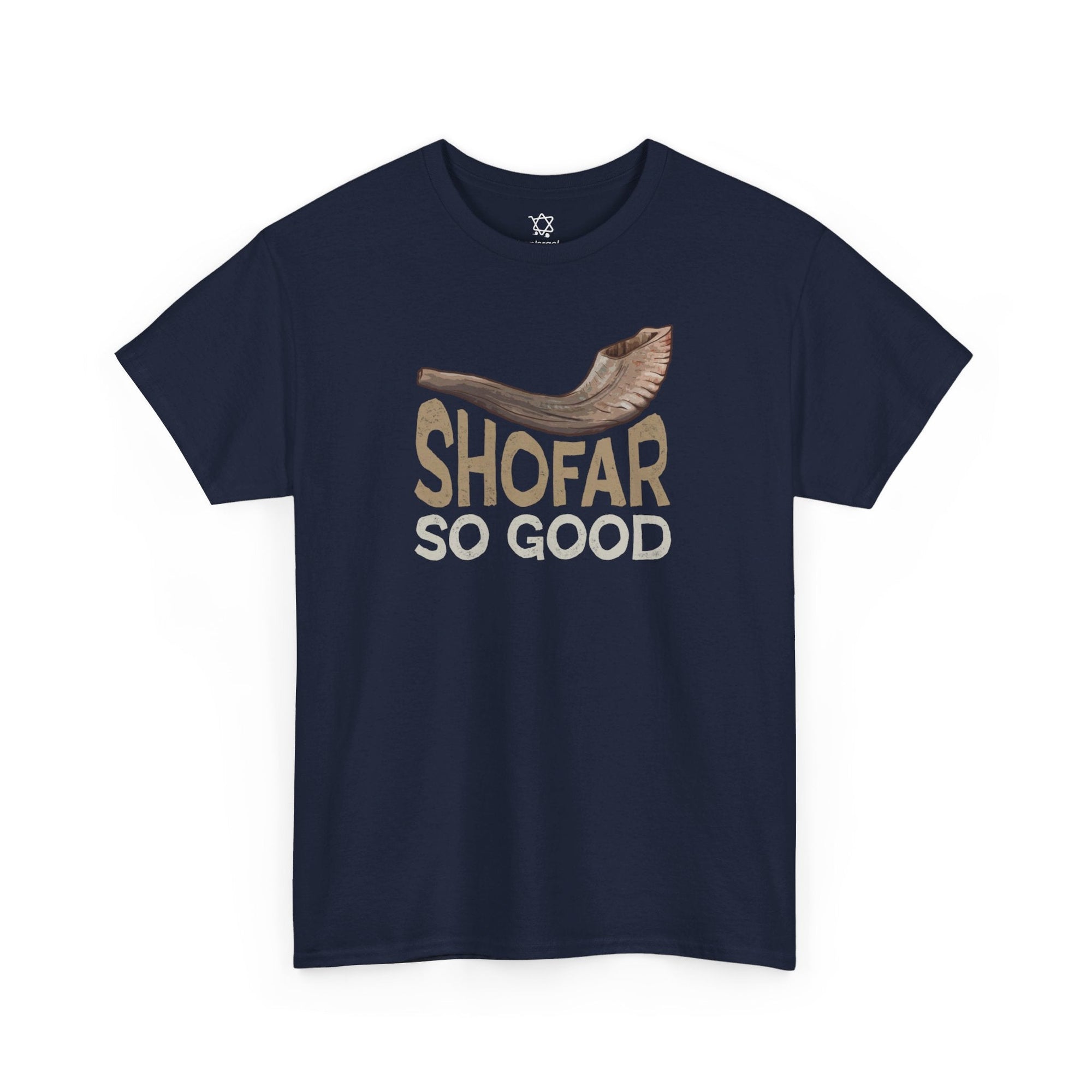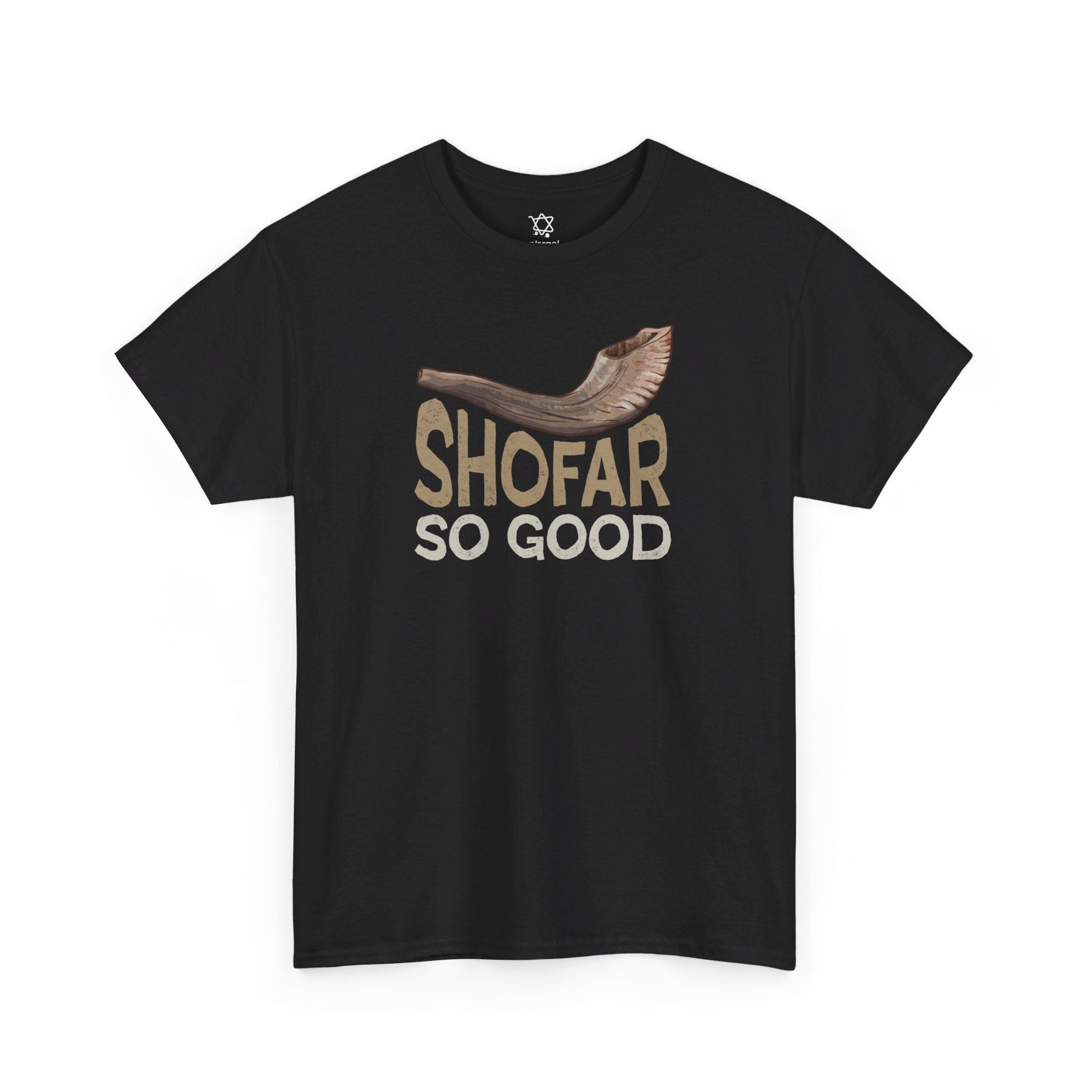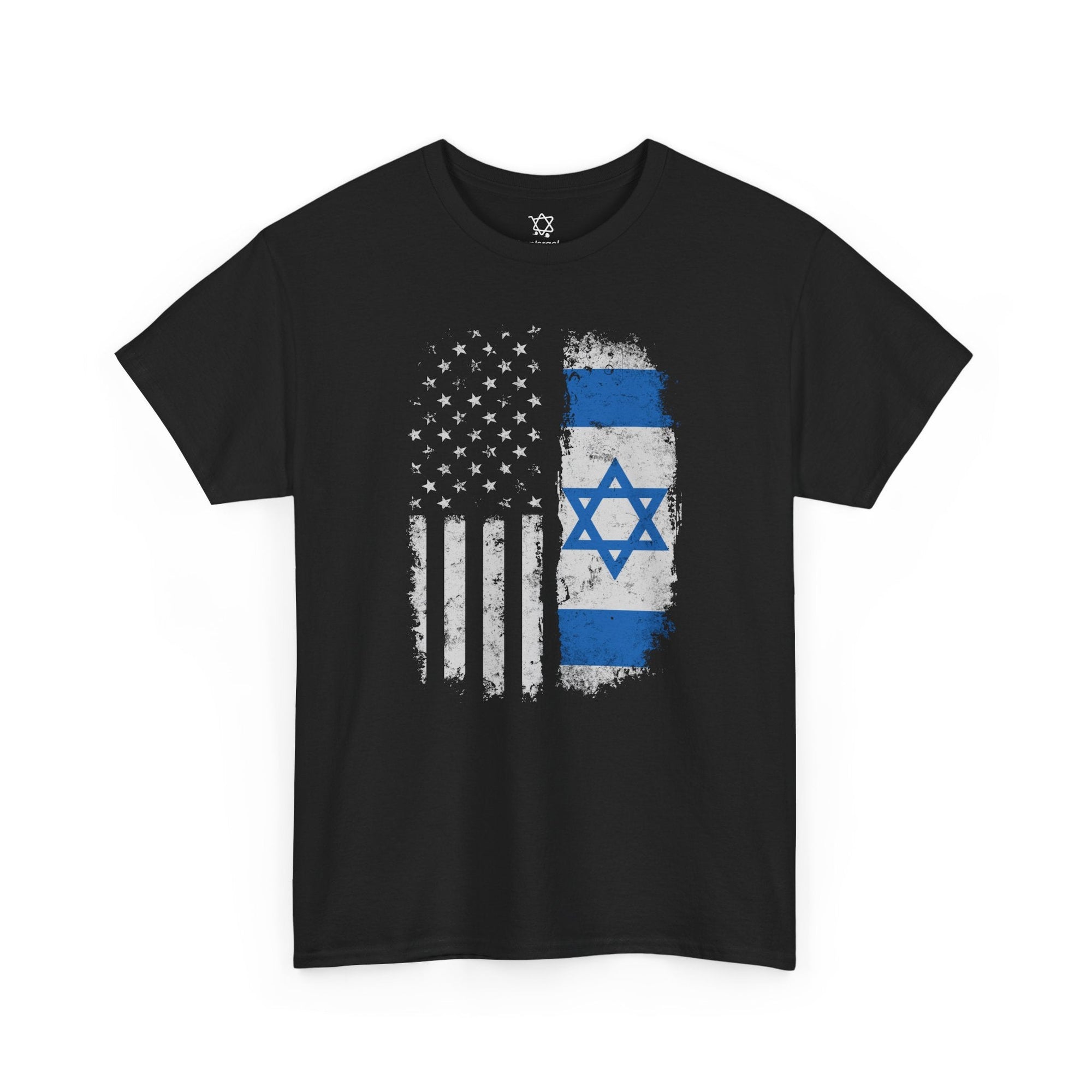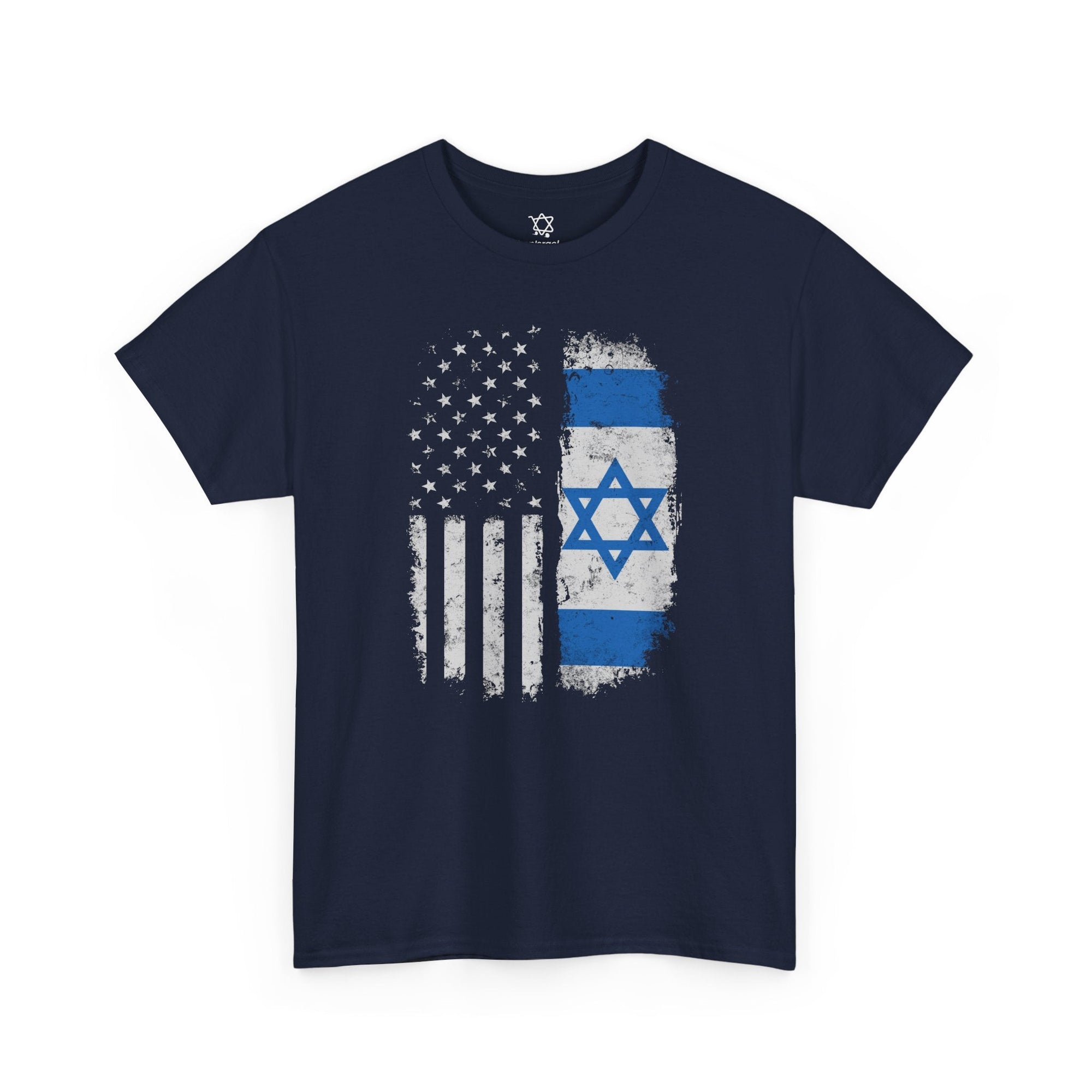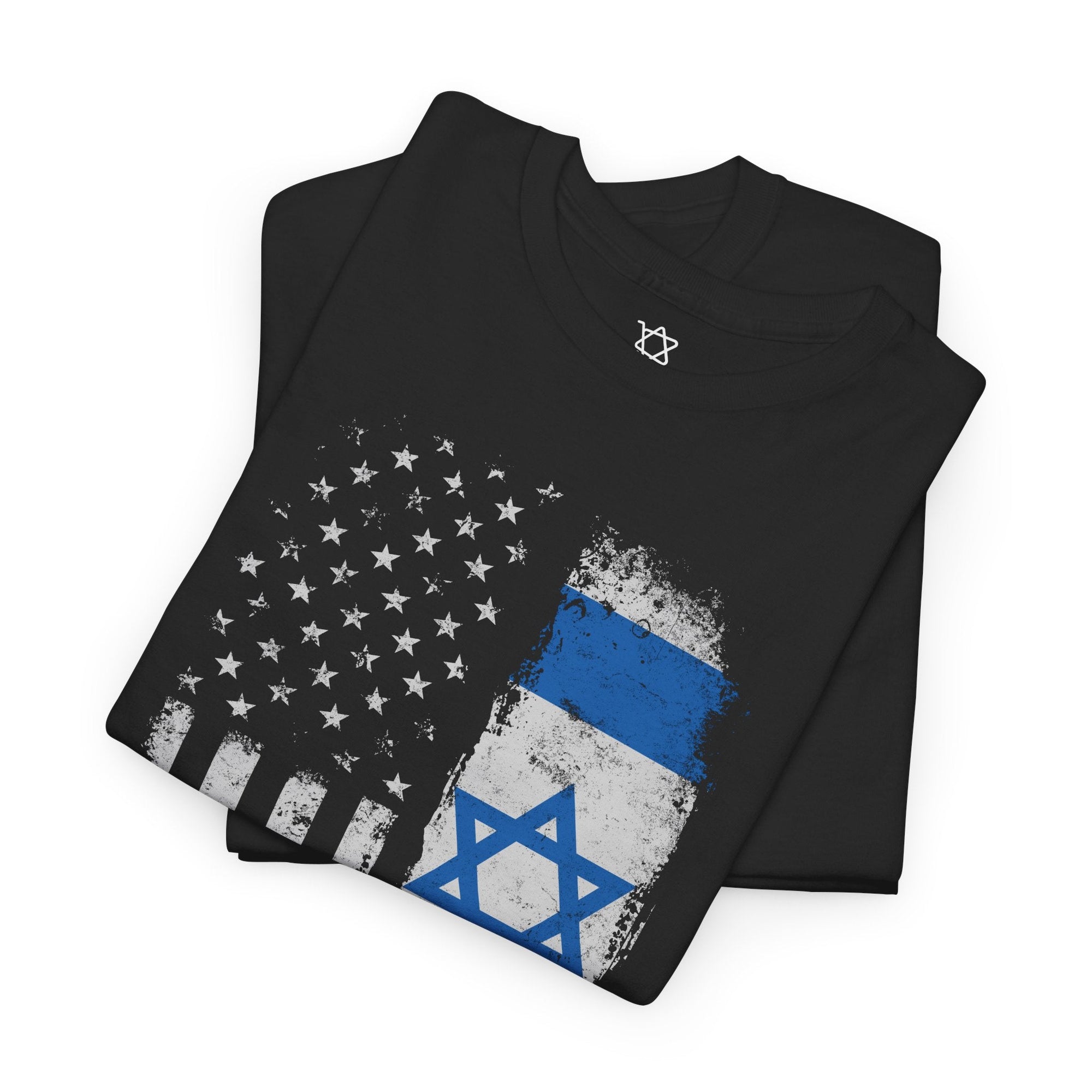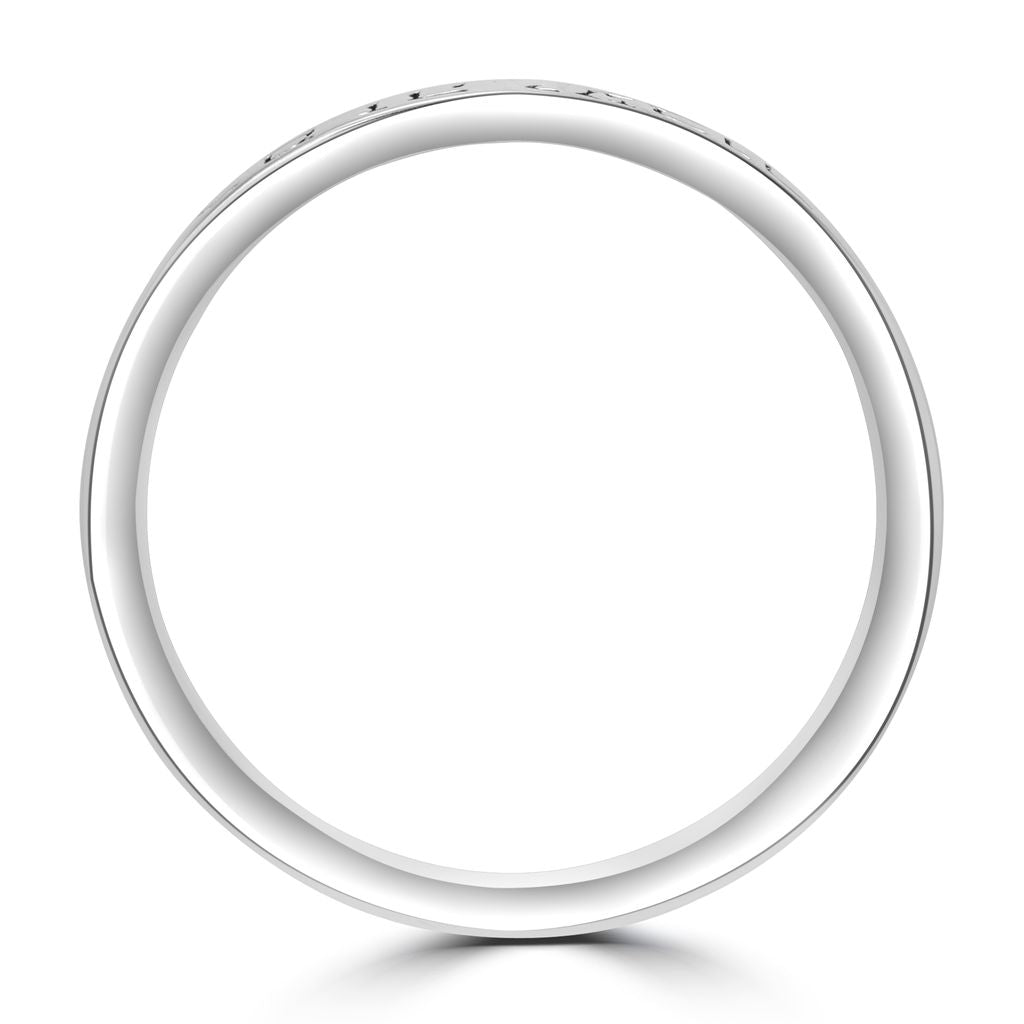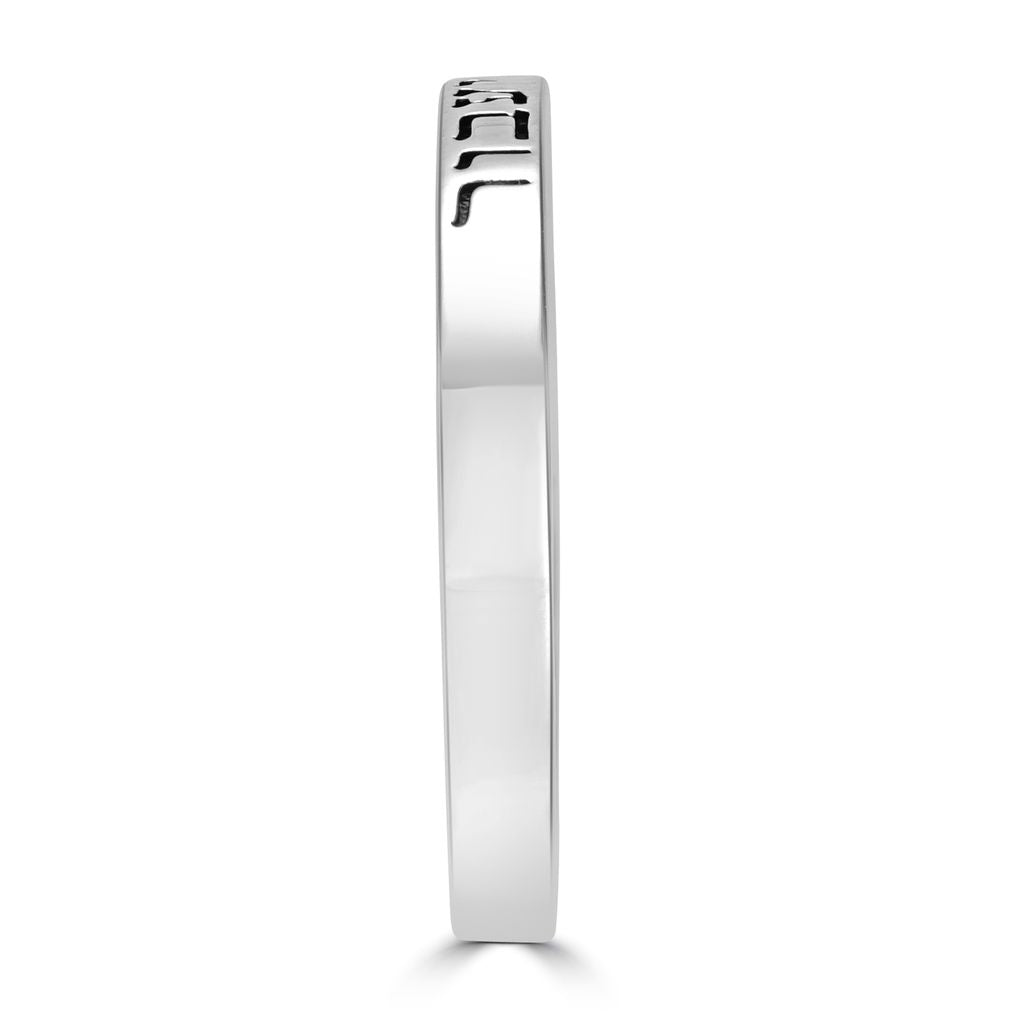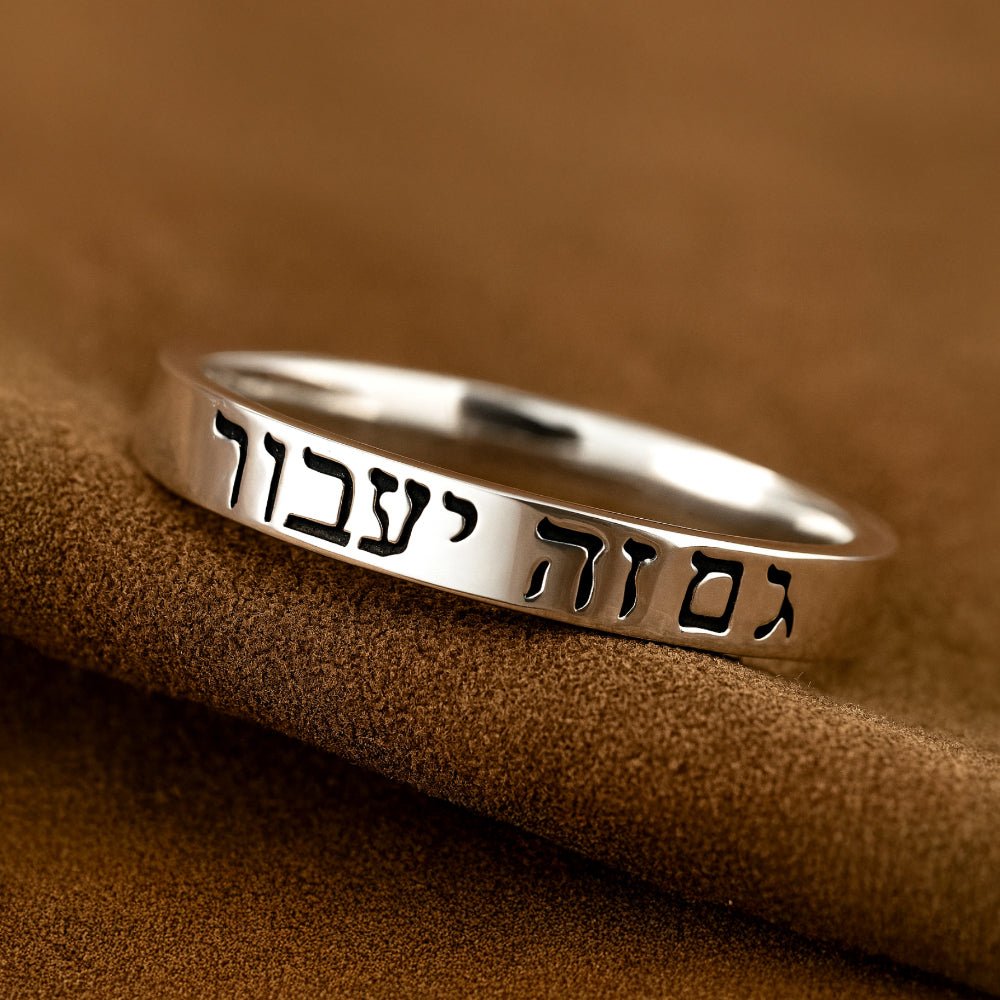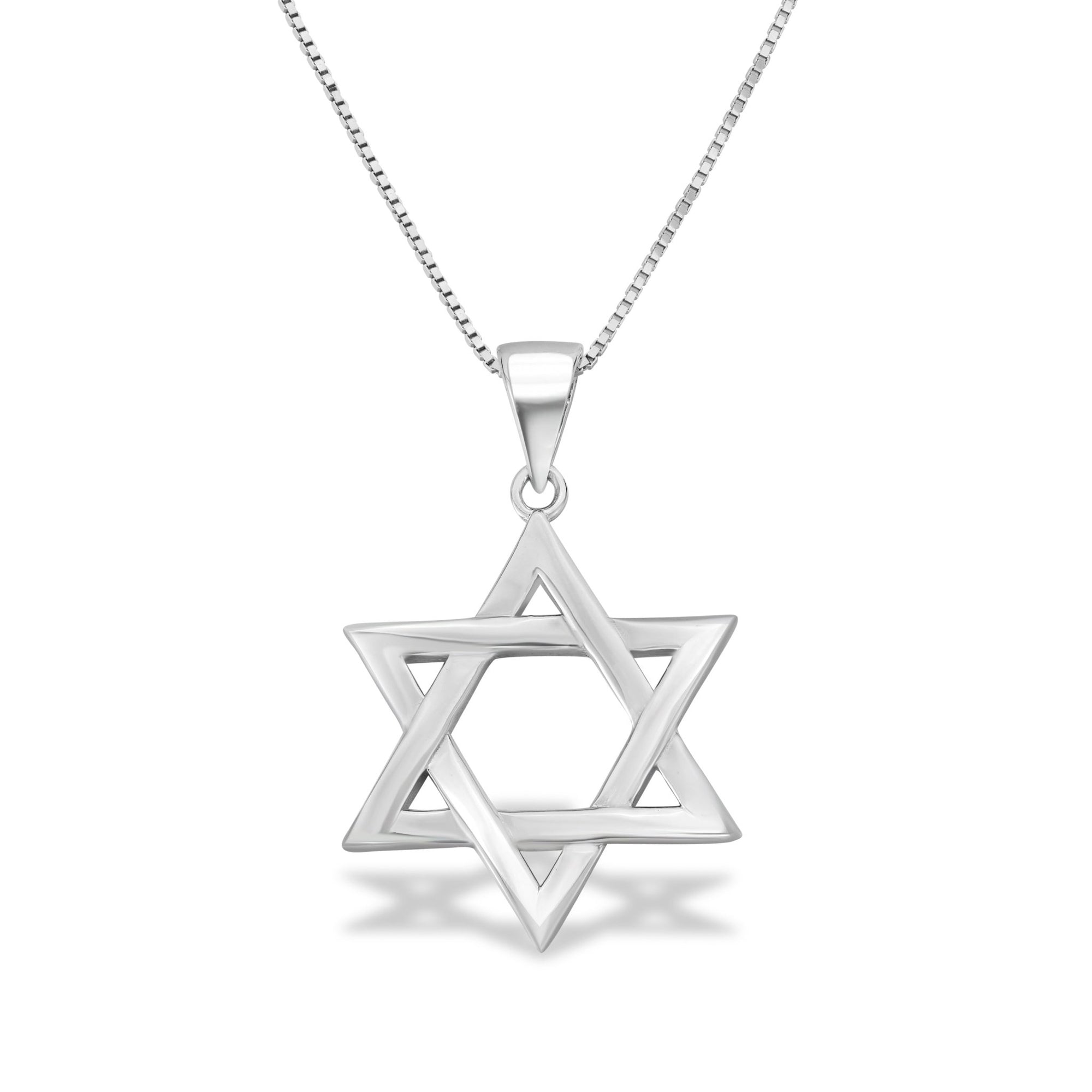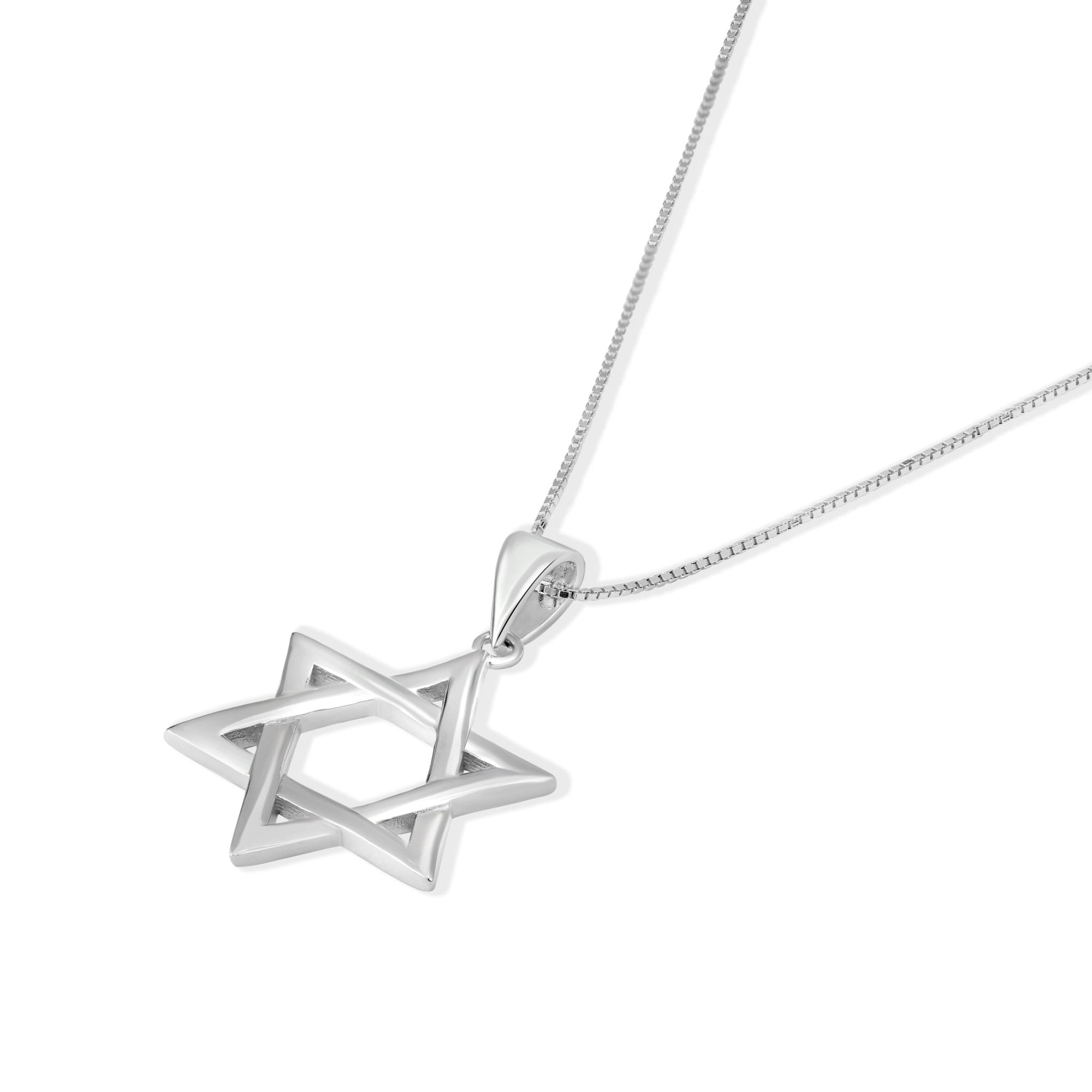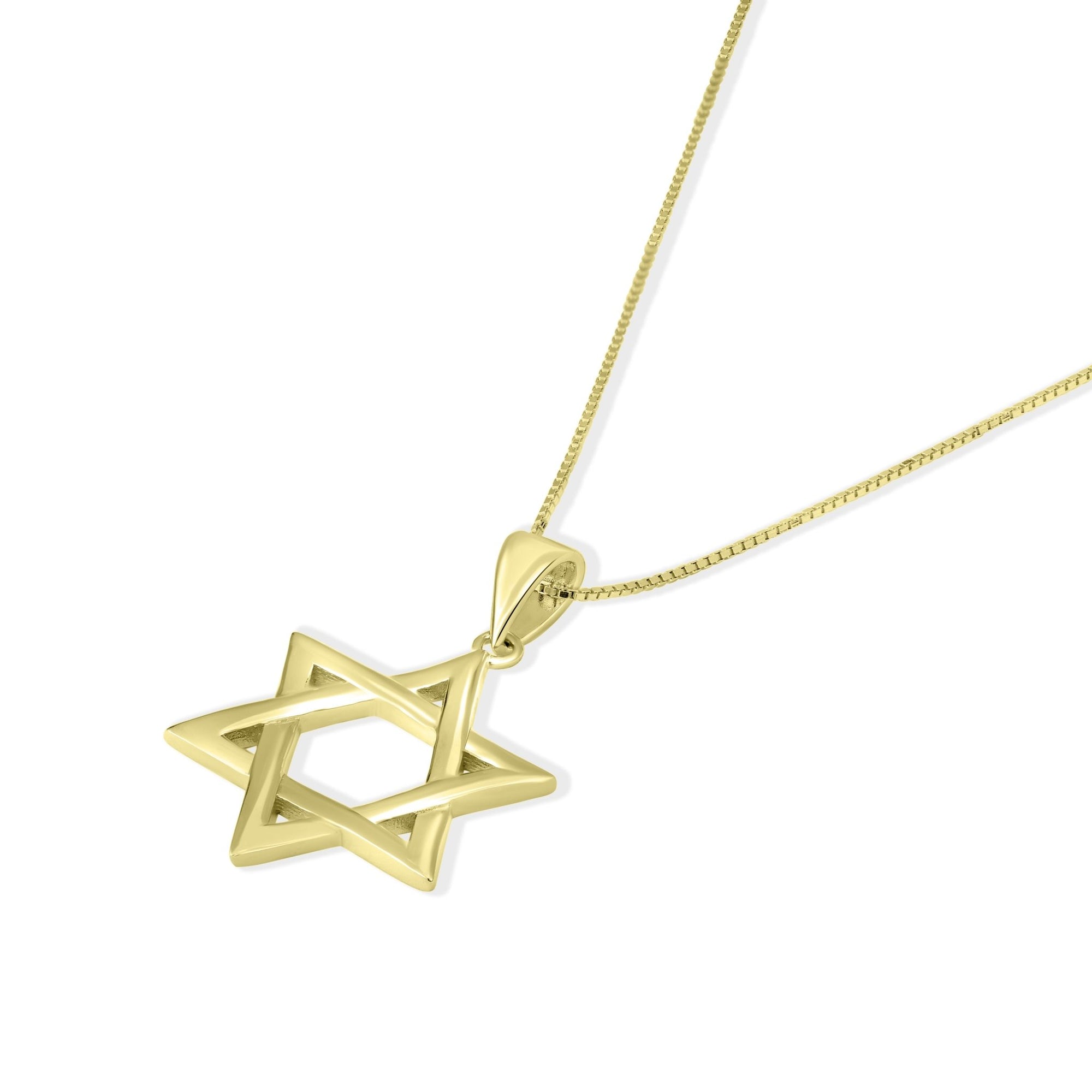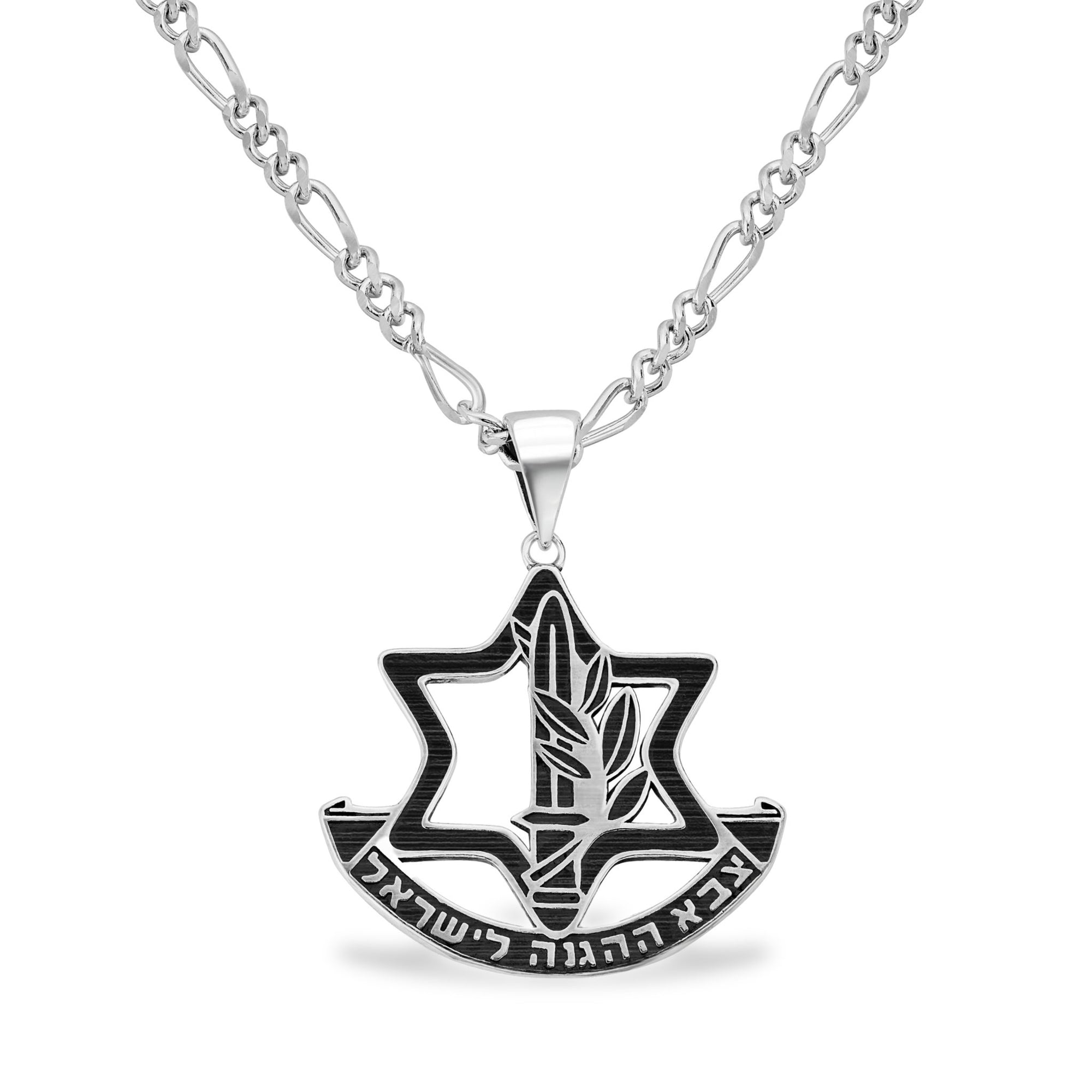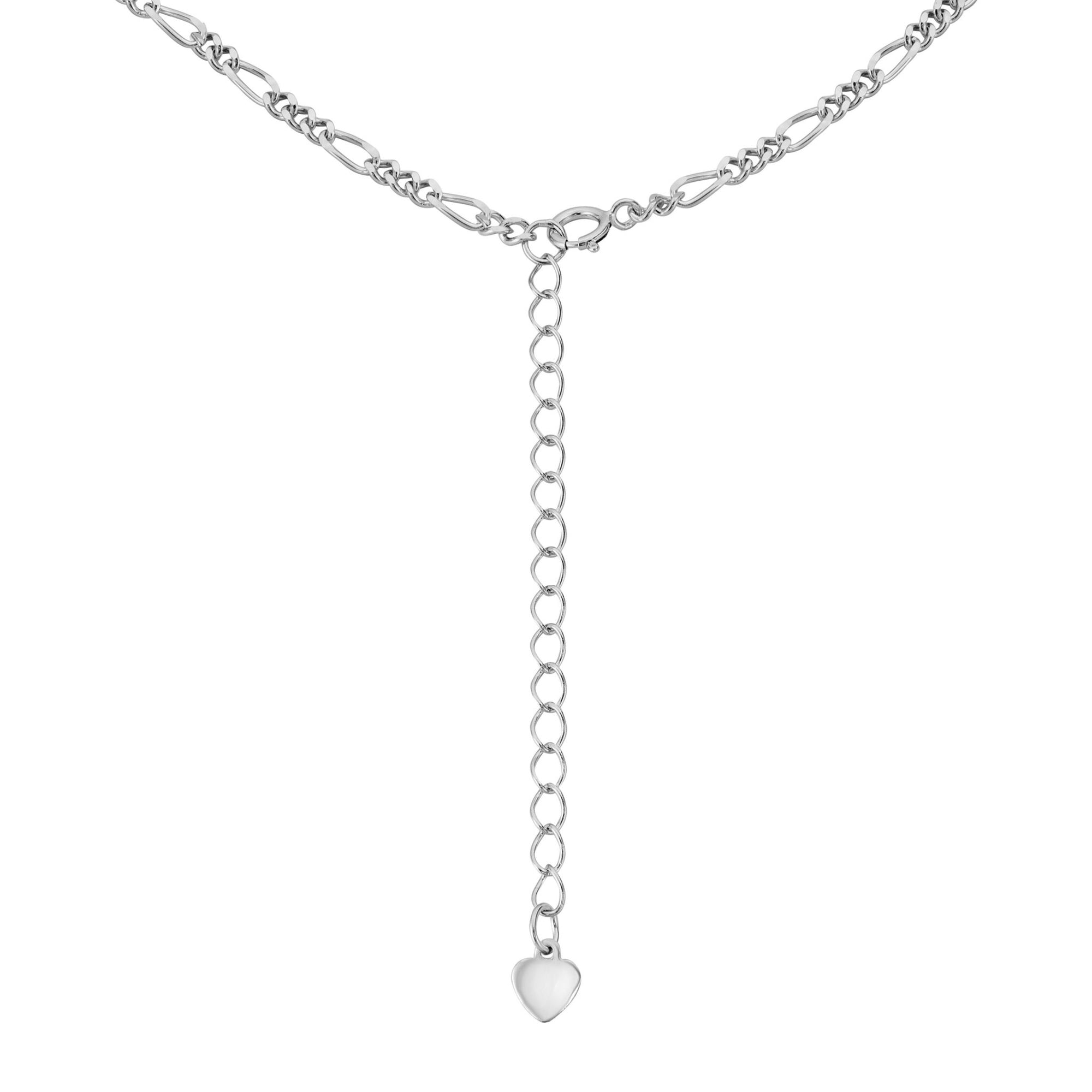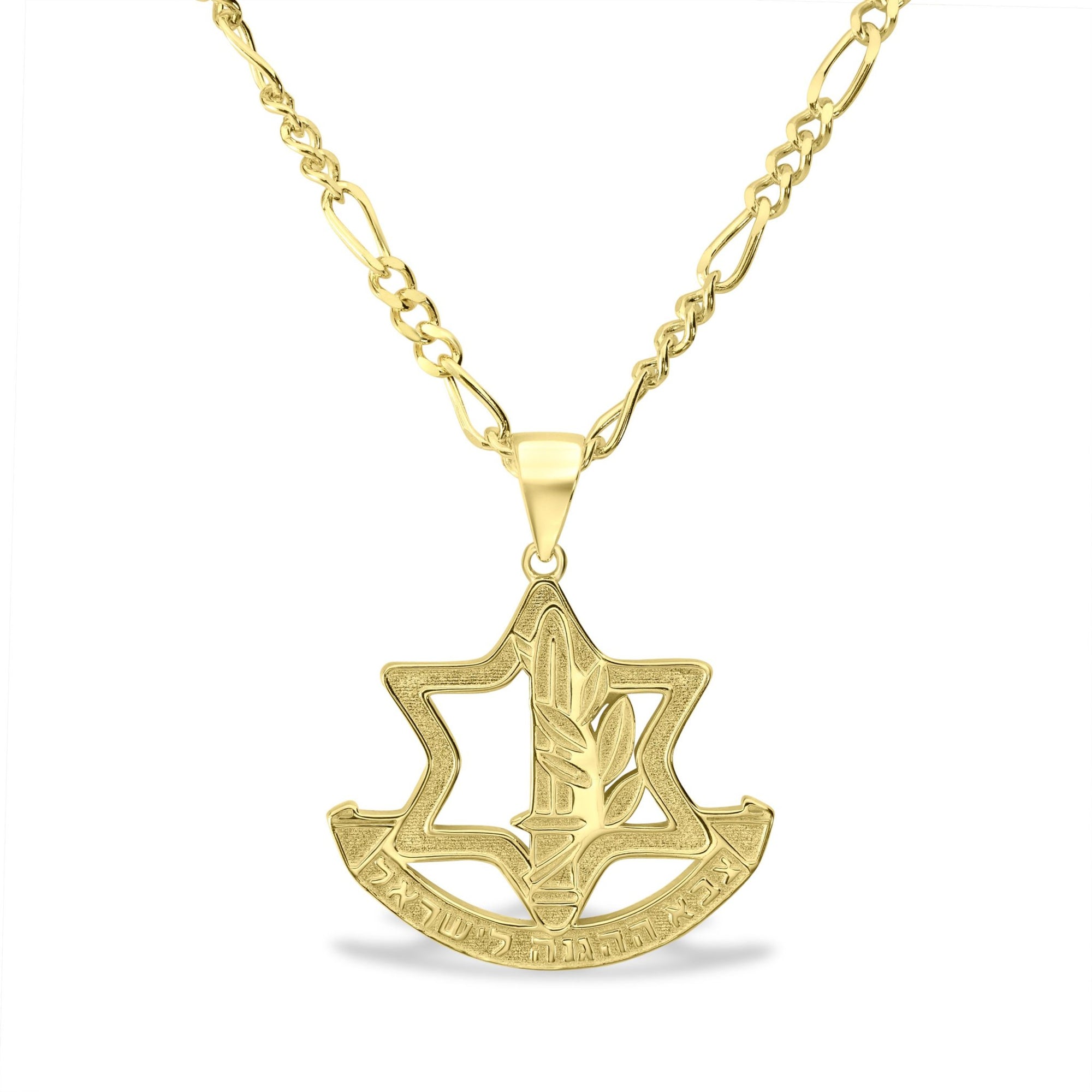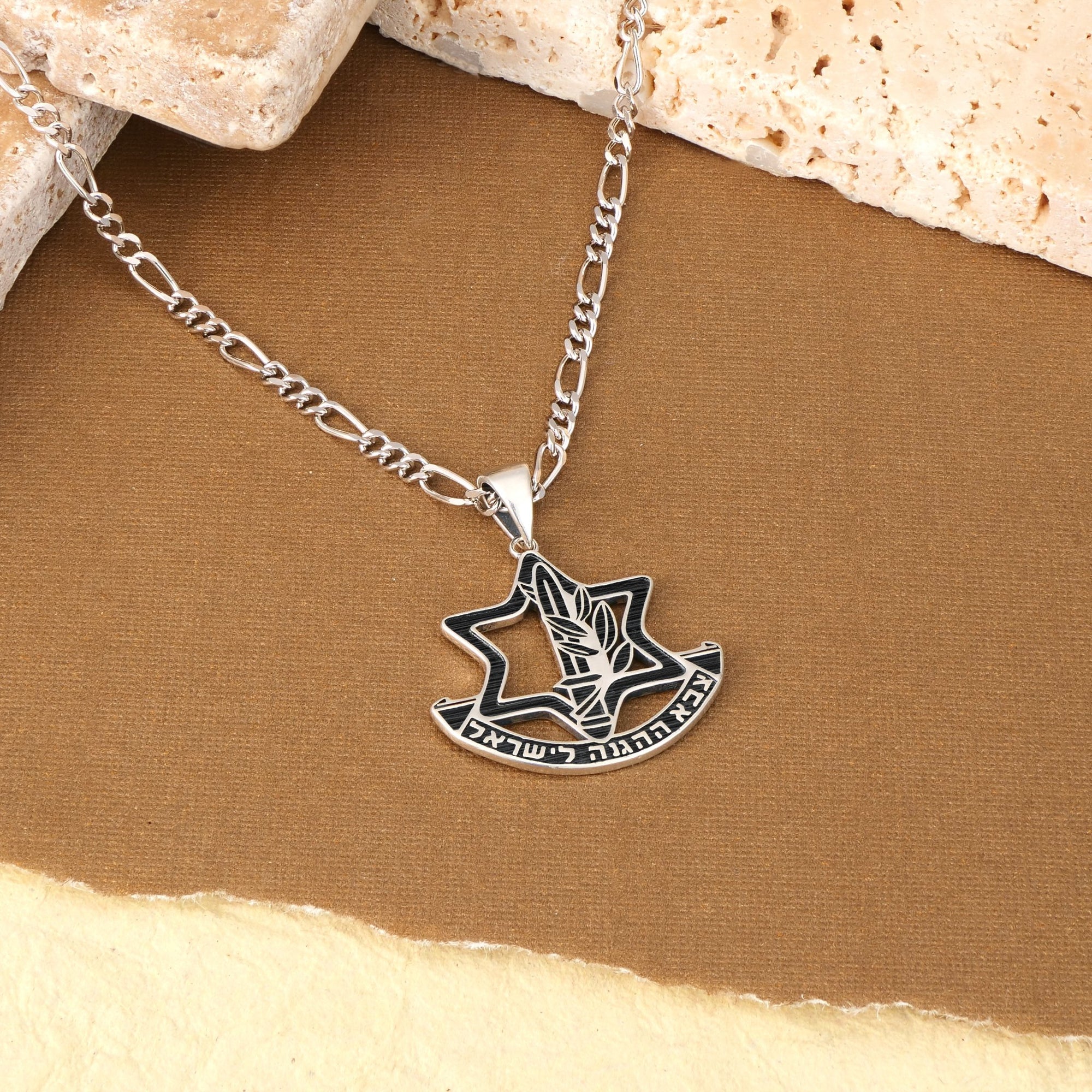The Power of Symbolism in Daily Wear
Wearing Israeli Symbols as Acts of Identity
Israeli and Jewish symbols woven into daily attire do more than just decorate—they tell stories of heritage and pride. Pieces adorned with the Star of David, Hamsa, or Hebrew inscriptions like "Shalom" become wearable affirmations of cultural identity and solidarity with Israel.
Clothing as a Cultural Marker
From Jerusalem-themed T-shirts marking the city's undivided capital status to IDF gear honoring military service, apparel signals collective values and personal beliefs. Traditional Jewish dress, ranging from Hasidic Sabbath coats to distinctive Moroccan caps, historically conveyed community ties and religious adherence.
Jewelry as Personal Expression
Jewelry featuring symbols such as the Star of David or Chai necklace allows individuals to carry their faith and heritage close. Crafted from precious metals and stones, these items blend spiritual significance with everyday style, serving as both personal tokens and expressions of national pride.
Together, clothing and accessories are powerful tools for expressing connection to Israeli culture and Jewish heritage, making everyday wear a statement of identity and unity.
Jewish Jewelry as a Statement of Faith and Heritage

Types of Jewish symbols used in jewelry
Jewish jewelry proudly features iconic symbols like the Star of David, Hamsa, Chai, and Kabbalah charms. These motifs are more than decorative—they embody faith, protection, and a deep connection to Jewish tradition and spirituality. The Star of David, in particular, stands as a central emblem of Jewish identity and Israeli heritage.
Materials and craftsmanship in Judaica jewelry
Crafted with care and artistry, Jewish jewelry often utilizes precious metals such as sterling silver Jewish jewelry, 14k yellow gold Jewish jewelry, and rose gold jewelry. Many pieces are further enhanced with semi-precious stones jewelry or diamond Jewish jewelry, combining beauty with cultural significance. This craftsmanship ensures the jewelry is both a meaningful symbol and a wearable treasure suitable for everyday life and special occasions.
Personal and familial connections through jewelry
Beyond symbolism, Judaica jewelry serves as an intimate expression of personal and family bonds. Items like personalized Hebrew name necklaces or family-oriented Jewish jewelry designs highlight a wearer’s lineage and reinforce connections to Jewish heritage. These pieces help carry stories and traditions forward within families and across generations.
How jewelry integrates Israeli symbols for daily wear
Israeli symbols are seamlessly woven into jewelry design, reflecting national pride and cultural resilience. Beyond traditional motifs, pieces may include the outline of Israel or inscriptions in Hebrew, making them subtle yet powerful statements of solidarity. Wearing such jewelry offers a continuous connection to Israeli history and identity, blending style with heartfelt expression. For more ways to express such pride, see Israeli flag symbolism and Support Israel through apparel.
Iconography of Israeli Apparel: From Flags to Hebrew Words
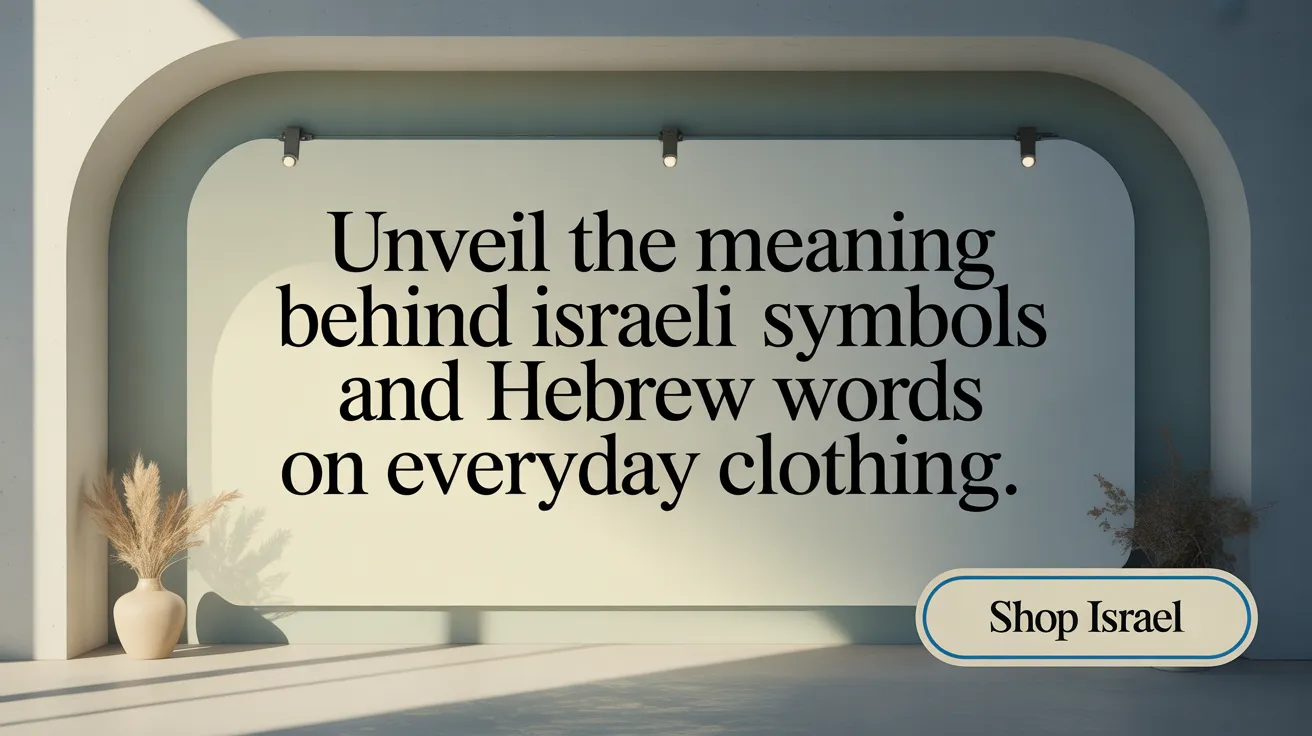
How does the Israeli flag inspire designs in clothing?
The Israeli flag symbolism, with its blue Star of David and horizontal stripes, is a powerful symbol of 76 years of Israeli independence and survival. This emblem frequently appears on T-shirts, socks, beach towels, and other apparel, allowing wearers to express patriotic pride and connection to Israel's enduring statehood.
What role does the Star of David play in Israeli-themed accessories?
The Star of David apparel is a predominant emblem of Jewish identity and Israeli heritage. It appears not only on clothing but also on everyday accessories such as Star of David watches and phone cases with Israeli symbols. These items serve as subtle but meaningful ways to showcase solidarity and cultural pride with Israeli fashion, blending fashion with personal and collective identity.
How are Hebrew words like 'Shalom' incorporated into apparel?
Hebrew words enrich Israeli-themed fashion by connecting wearers to Jewish tradition and history. The word "Shalom," meaning peace, is commonly featured on apparel, instilling a message of hope and unity. Wearing garments with Hebrew script strengthens the bond with the language, religion, and shared heritage through Use of Hebrew words like Shalom in apparel.
What significance does Jerusalem-themed clothing hold?
Jerusalem-themed T-shirts often highlight symbols like the Western Wall, emphasizing the city’s status as the undivided capital of Israel. These garments express deep respect and affiliation with Jerusalem, reinforcing its spiritual and national importance within Israeli culture.
Israeli apparel empowered by symbols and script forms a vibrant tapestry of cultural expression. Through clothing and accessories, individuals proudly communicate their connection to Israel’s heritage, faith, and ongoing story.
Historical and Cultural Dimensions of Jewish Dress and Identity

How does Jewish clothing as cultural texts express cultural and individual identity?
Jewish dress and jewelry collection serves as a rich cultural text, reflecting both collective identity and individual affiliation within Jewish communities. From the late 19th to mid-20th century, traditional attire communicated social belonging and religious dedication, often serving as a distinctive marker in various Jewish clothing in the Diaspora settings.
What are some examples of traditional Jewish clothing and their meanings?
Iconic pieces include the Jerusalemite Hasid Sabbath coat worn by Jerusalemite Hasidim and the Moroccan men's hooded cap. These garments not only provided practical uses but also carried symbolic weight, illustrating devotion, communal ties, and historical narratives.
How did Jewish dress signal community status and religious adherence?
Jewish attire and social identity historically emphasized boundaries between communities, sometimes highlighting segregation or integration. Items like Tzitzit and Jewish headgear—fringes worn on garments—and specific headgear distinguished religious commitment and community identity, guiding social interaction within and beyond Jewish circles.
Did Jewish attire use logos or script for identity purposes?
Yes. Jewish costume symbols and Hebrew script costumes often incorporated symbols and Hebrew inscriptions, signifying faith and heritage. Such decorations shared similarities with neighboring cultures' attire yet maintained distinct religious and cultural meanings, reinforcing a vibrant connection to Jewish tradition and collective memory.
The Legacy of Ata Clothing: Symbolizing Israeli Worker Pride
What was the historical role of the Ata textile factory history in Israeli society?
Founded in 1934 in Kfar Ata by Jewish industrialists from Czechoslovakia, the Ata textile factory history played a significant part in Israel's early industrial landscape. It became a central source of workwear for many Israeli workers and soldiers, embedding itself into the daily life and economic fabric of the growing nation.
How does Ata clothing and Israeli labor identity serve as cultural memory and identity?
Ata clothing is far more than just uniforms or work garments. It stands as a vivid symbol of the collective memory associated with Israeli labor. Wearing Ata represented pride in one's work and commitment to the ideals of worker solidarity, helping to forge a shared cultural identity that resonates with many Israelis.
What is the connection between worker solidarity and clothing?
Clothing from the Ata factory societal impact was a visual marker of unity among Israeli workers. Through attire, individuals expressed belonging to a community characterized by common struggles and aspirations. The durable, practical garments worn on the job embodied the spirit of collective effort and social equality that defined much of Israel's early labor movements.
How did Ata clothing reflect the transition of Israeli economic and social models?
The history of Ata factory privatization history charts the wider transformation Israel underwent from socialist principles toward capitalist economic models. This shift included privatization and welfare reforms, changes that influenced not only economic policy but also cultural expressions. Ata’s evolution and eventual privatization highlight these changes, with clothing symbolizing the broader societal transition from collective labor identity to more individualized economic realities.
Everyday Items Featuring Israeli Symbols: From Casual to Functional

What types of casual and leisure items feature Israeli symbols?
Israeli-themed socks, Israeli beach towels, and phone cases with Israeli symbols are popular everyday items that showcase Israeli pride. These accessories often include symbols like the blue Star of David apparel and the Israeli flag symbolism, blending cultural identity with function.
How does casual apparel play a role in supporting Israel?
Casual and leisure apparel provides approachable ways for individuals to express their Support Israel through apparel daily. Wearing these items signals solidarity, fosters Cultural pride with Israeli fashion, and keeps Israeli heritage present in everyday life.
What are some subtle yet impactful ways to display Israeli pride?
Subtle accessories like Star of David watches or phone cases with Israeli symbols allow wearers to connect with Israeli culture without overt statements. These items carry significant symbolism while fitting naturally into daily routines.
How are cultural symbols integrated into everyday accessories?
Designers creatively incorporate Hebrew words in fashion such as "Shalom," traditional motifs like the Star of David apparel, and images of the Israeli flag symbolism into casual items. This integration turns ordinary objects into meaningful expressions of faith and heritage.
These practical yet symbolic accessories add a layer of cultural connection to daily activities, allowing supporters worldwide to wear and carry their pride with ease.
Wearing Israel: Fashion as a Bridge to Heritage and Pride
Fashion as a Cultural Link
Israeli symbols like the Star of David, Hebrew inscriptions, and the Israeli flag are more than mere designs—they encapsulate a vibrant story of heritage, faith, and resilience. Wearing apparel or jewelry adorned with these motifs connects individuals to Israeli history and Jewish identity.
Expressing Pride and Solidarity
From T-shirts featuring the IDF insignia to delicate silver Star of David necklaces, each piece serves as a meaningful expression of support and belonging. Whether for daily wear or special occasions, these items foster pride in Jewish heritage and a bond with Israel’s enduring spirit.
A Personal and Collective Statement
Choosing Israeli-themed clothing or jewelry allows wearers to celebrate their roots and stand in unity with the Jewish diaspora. It bridges personal identity with national pride, making fashion a powerful tool of remembrance and solidarity.
Embracing this style is not only a tribute to cultural richness but also a visible affirmation of support for Israel’s heritage and future.



